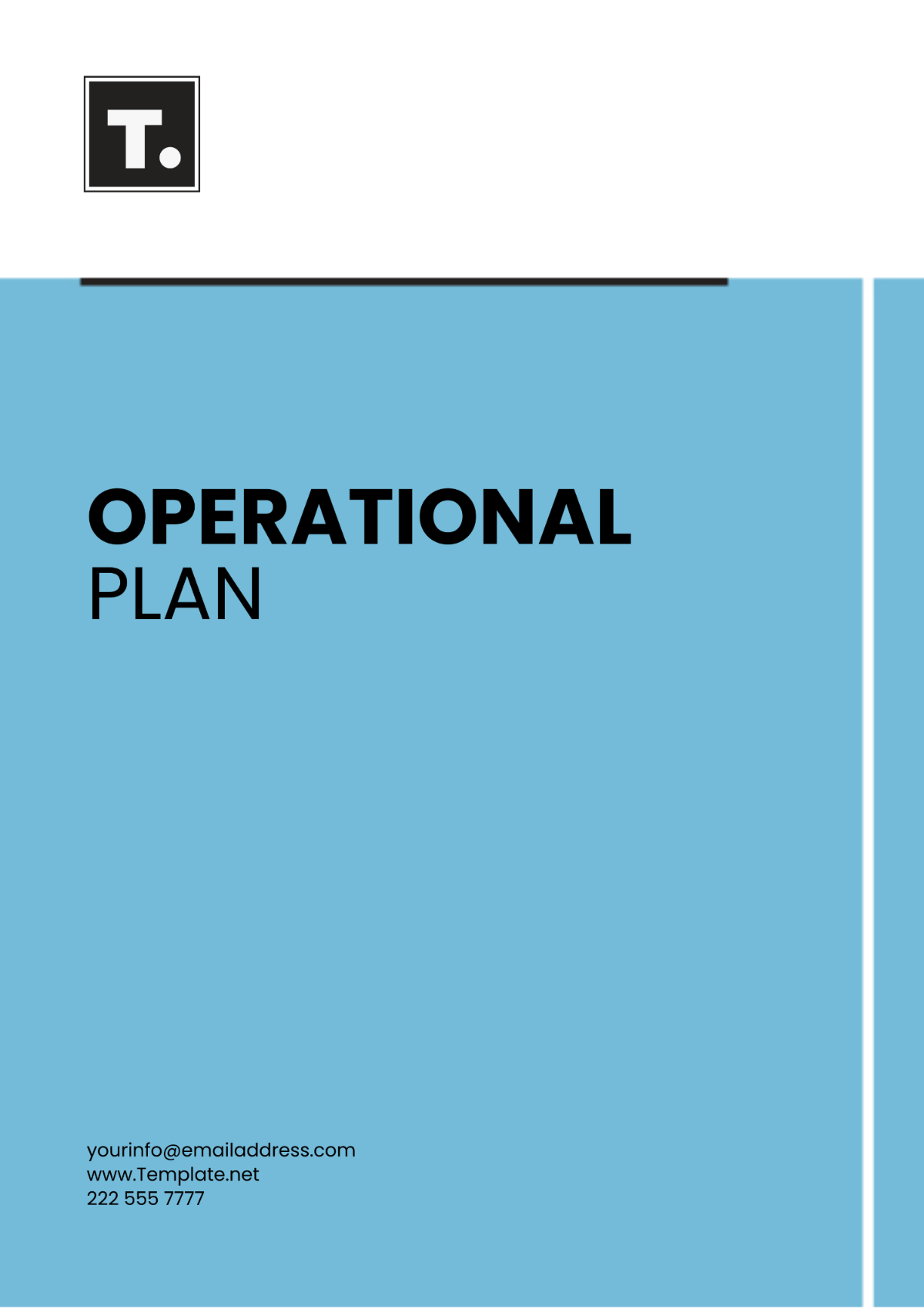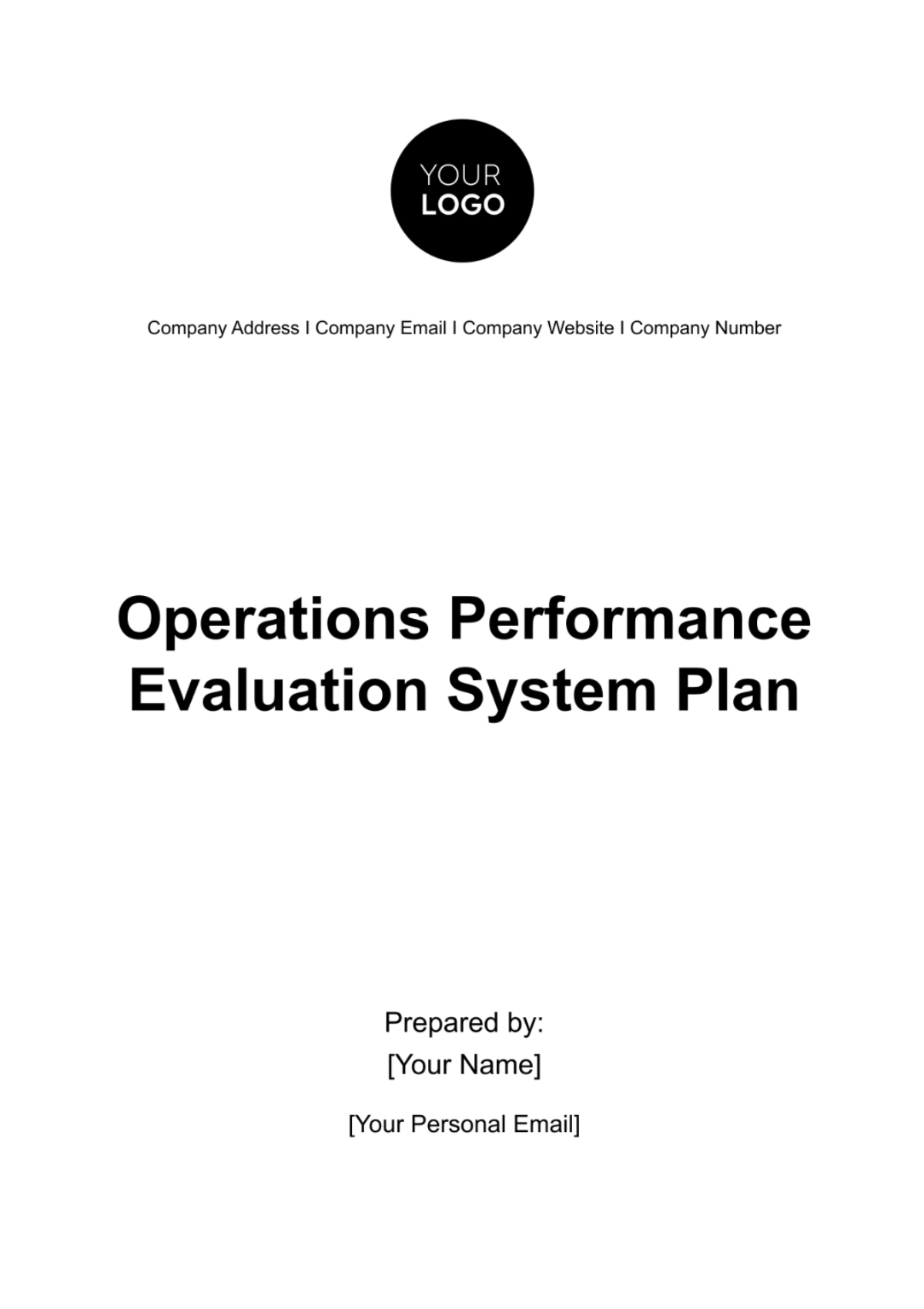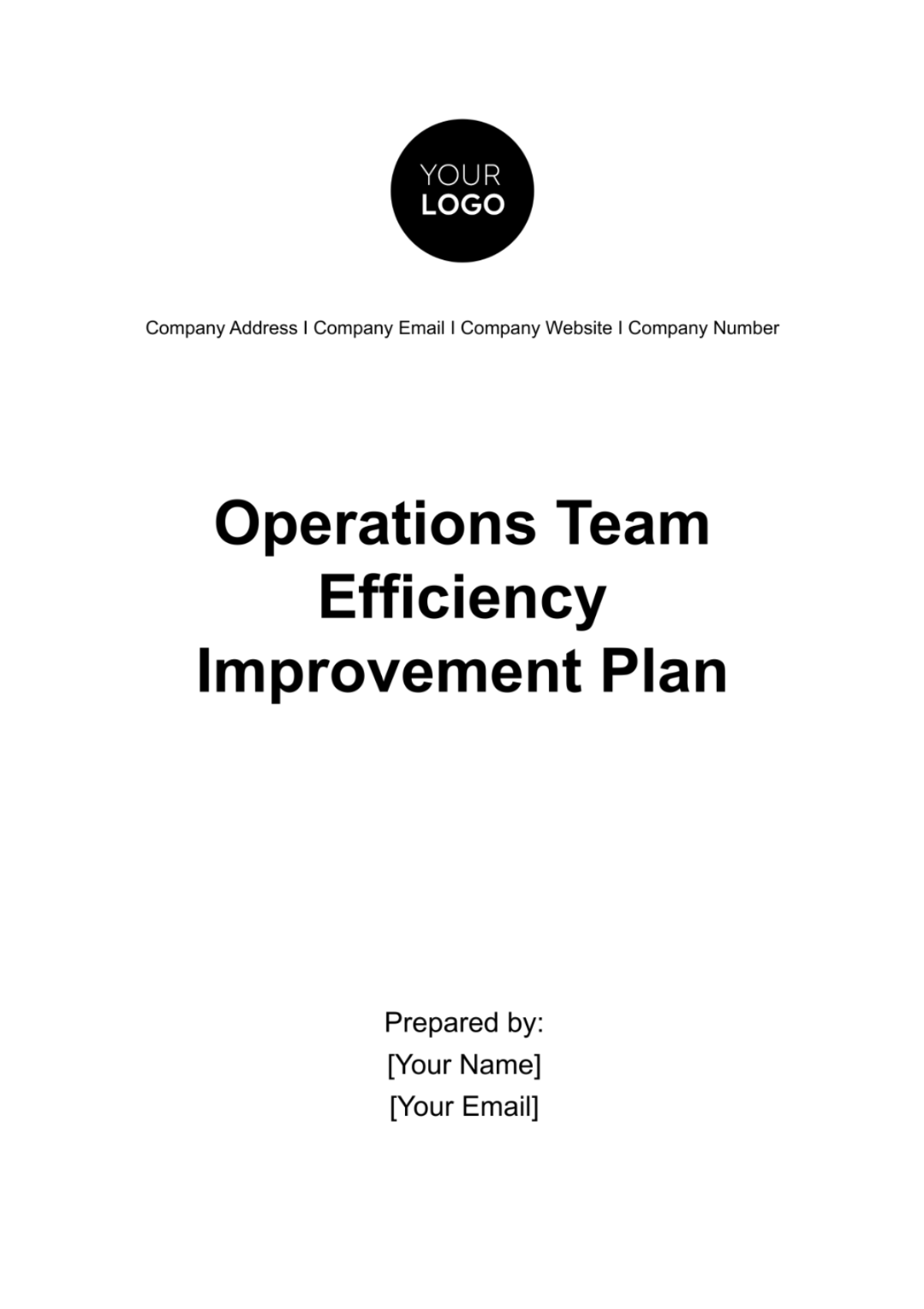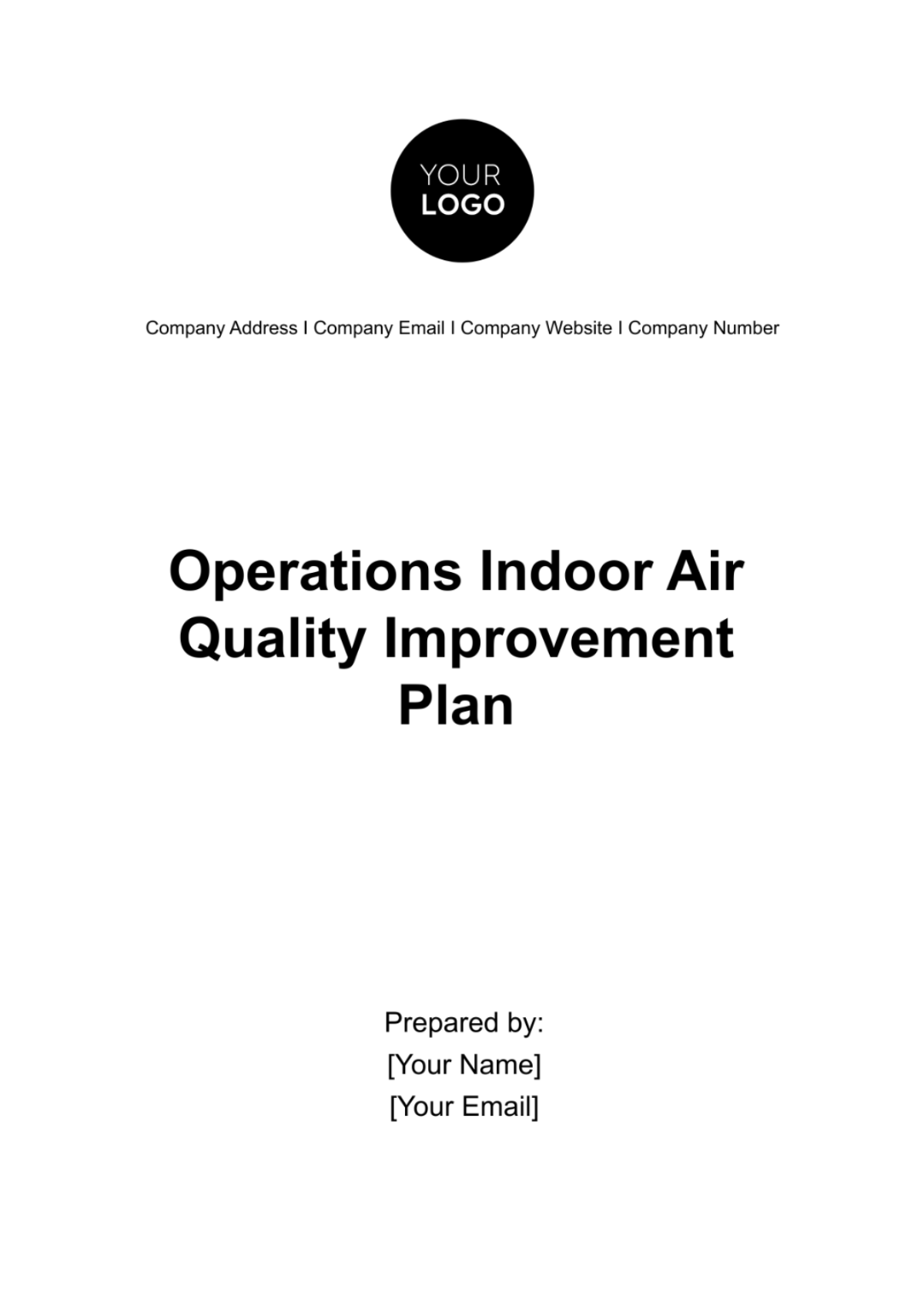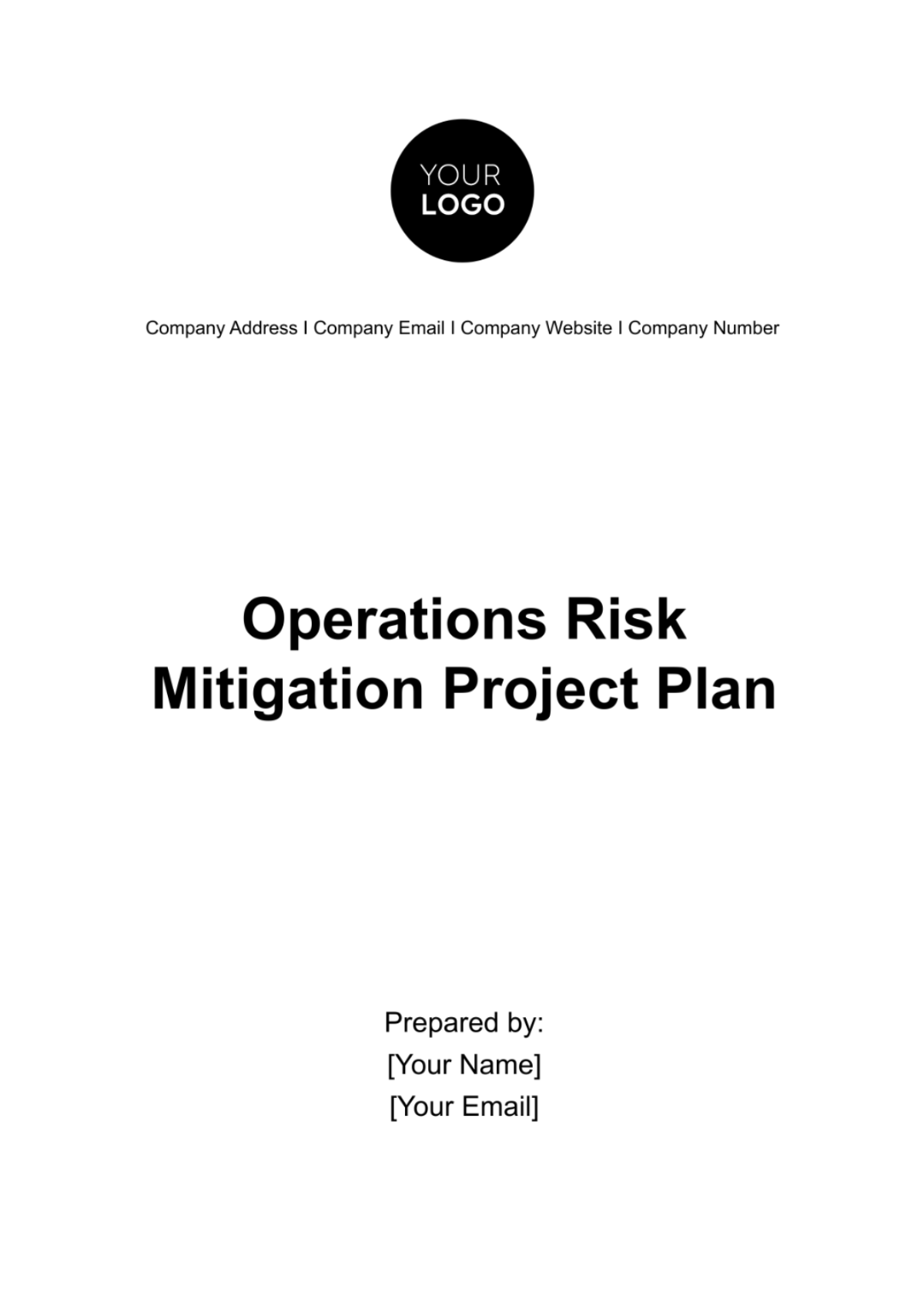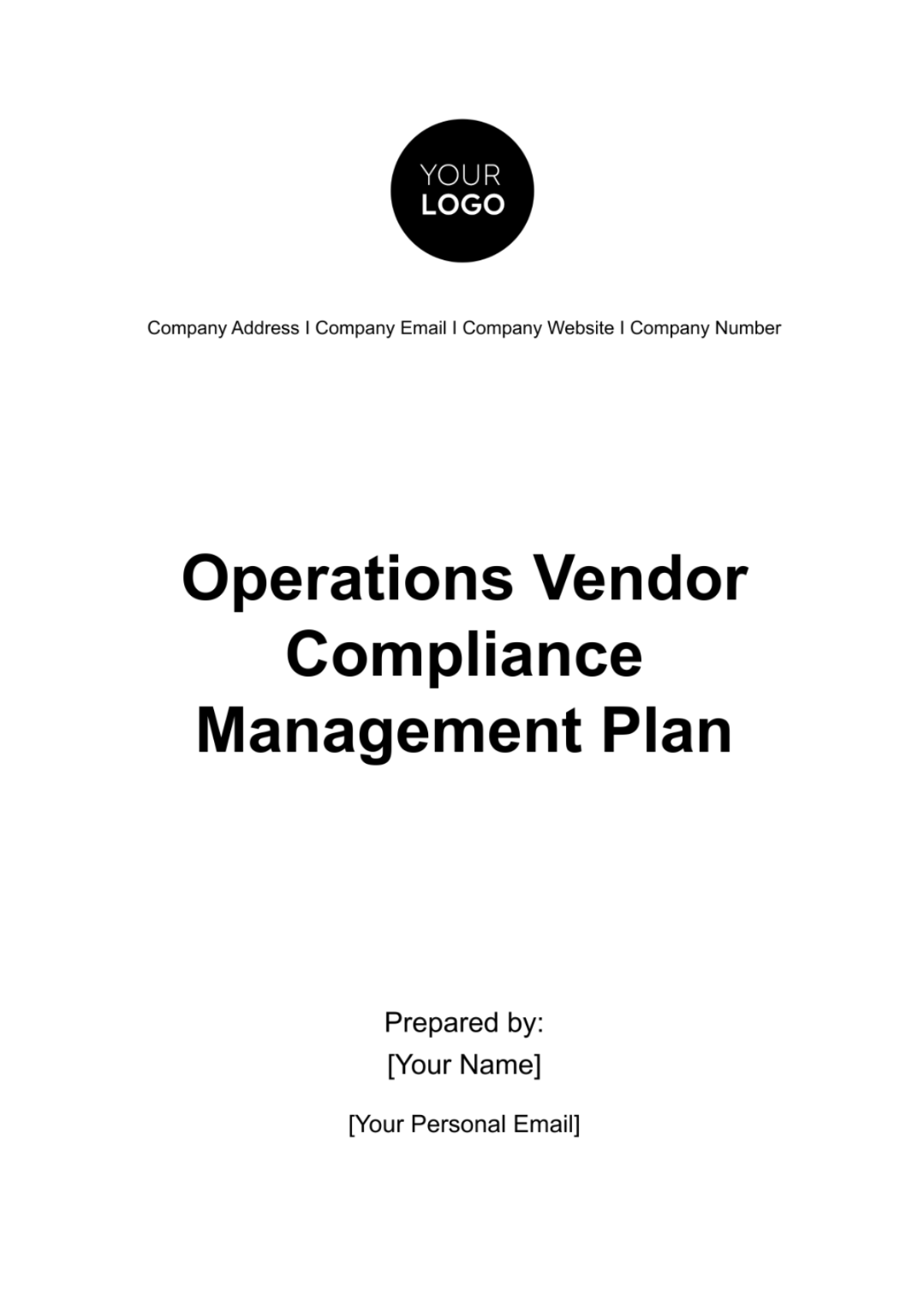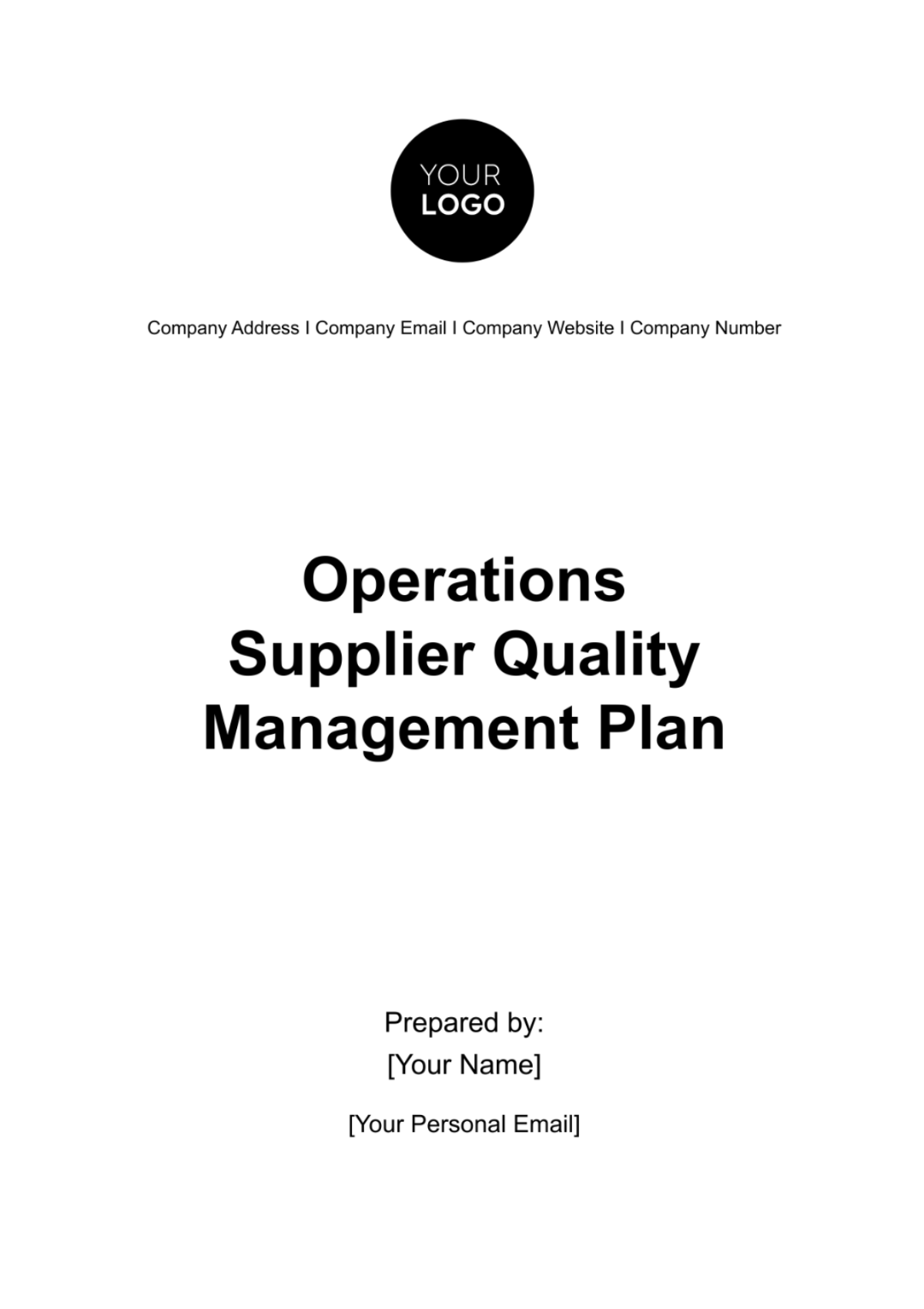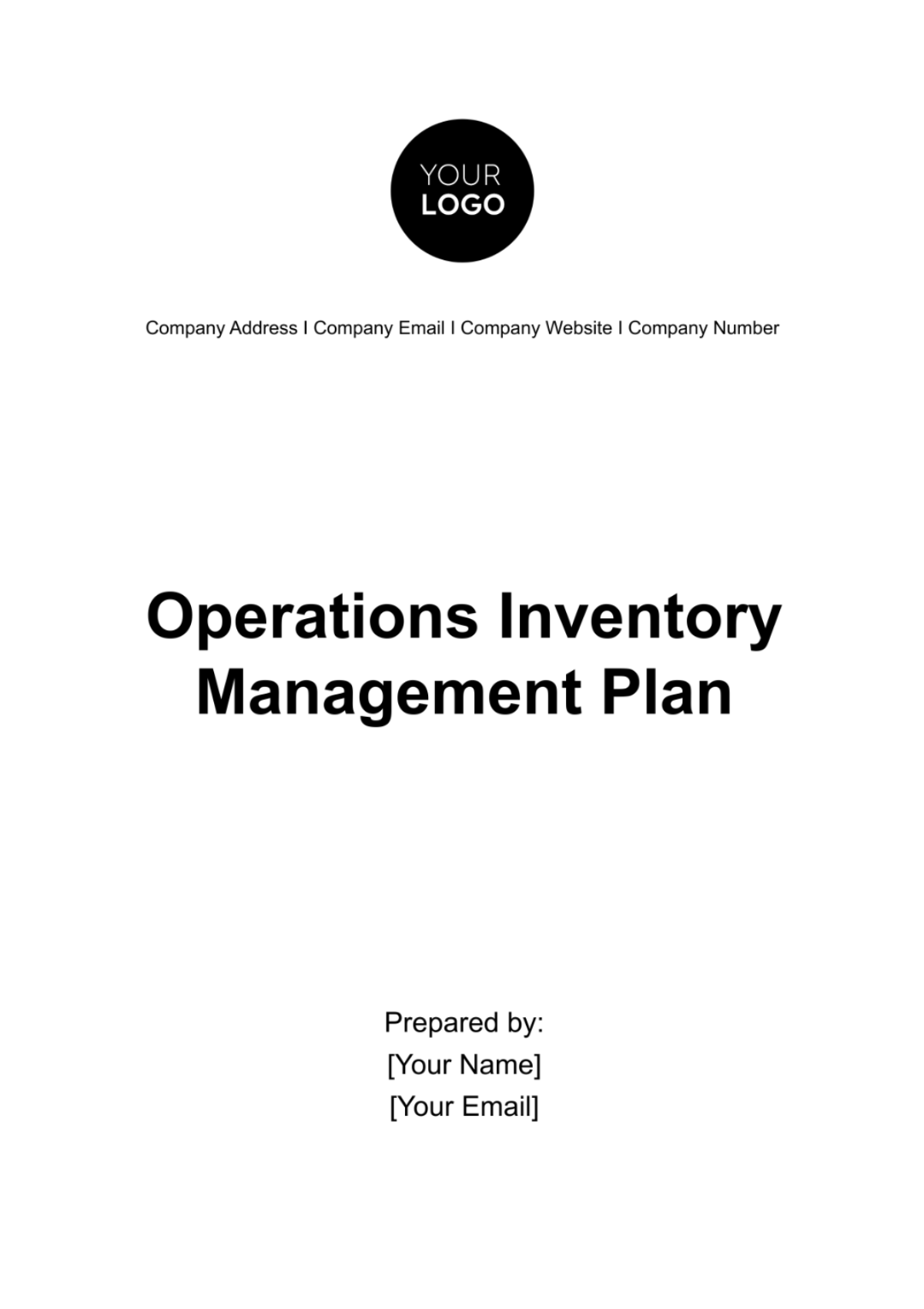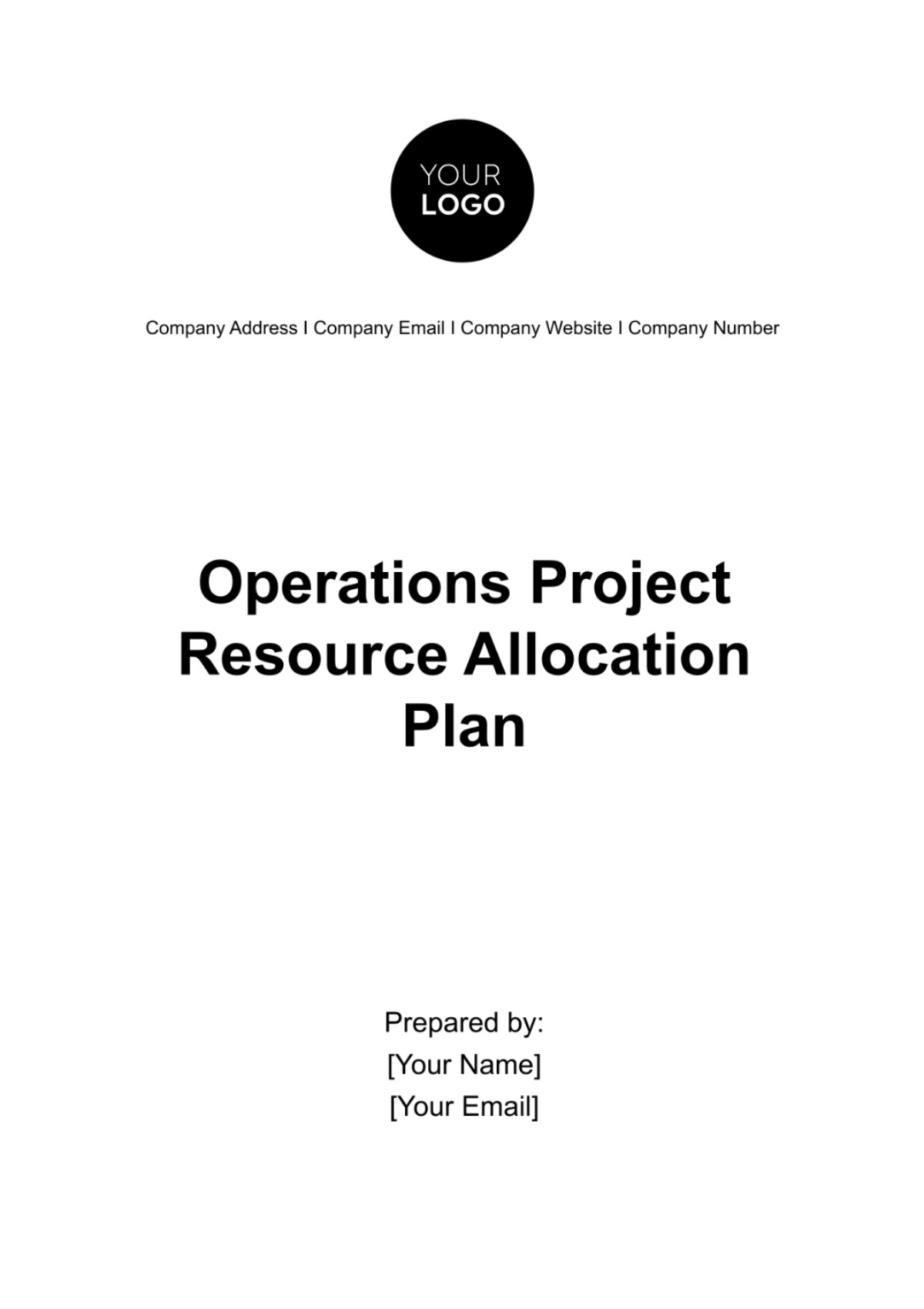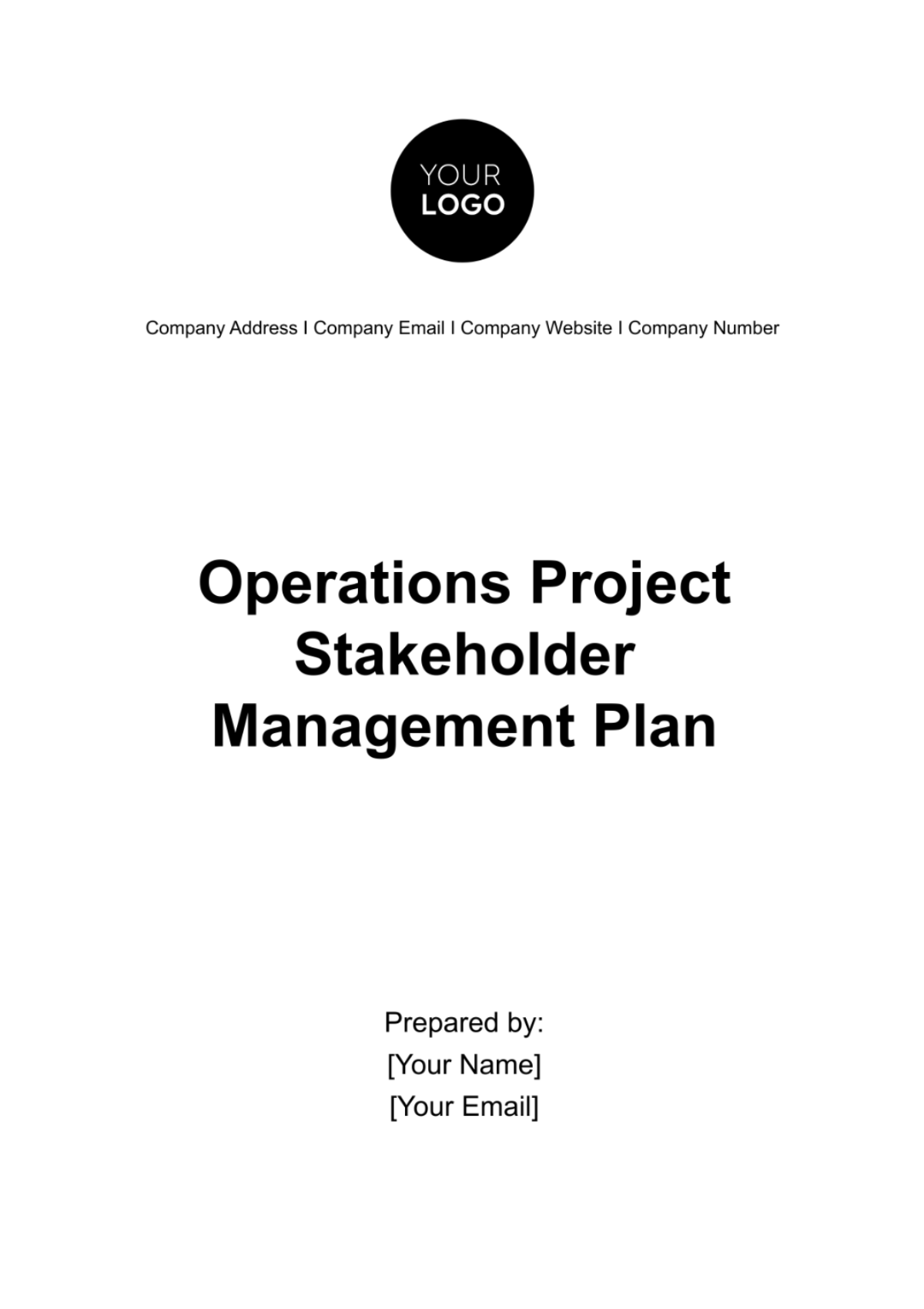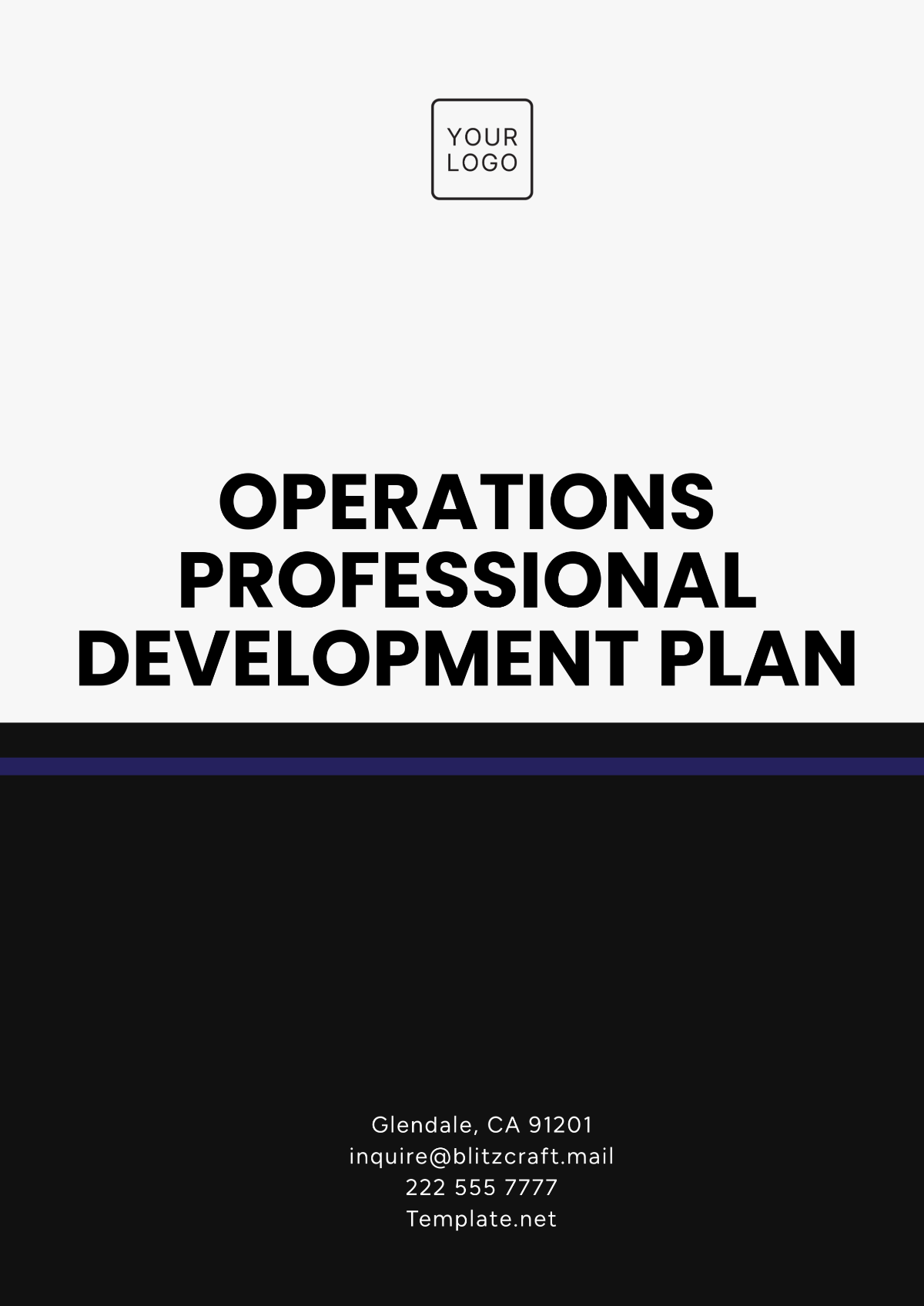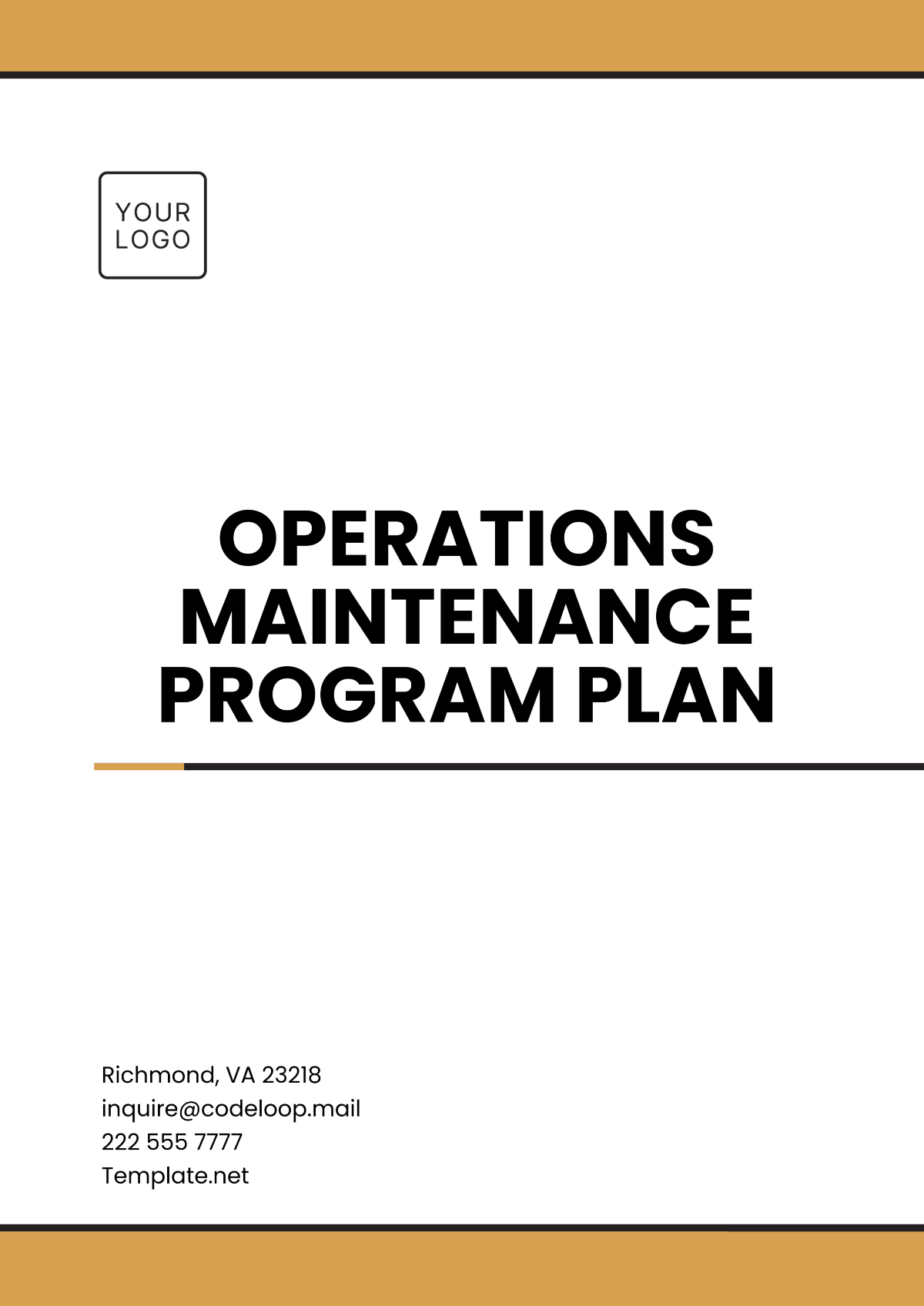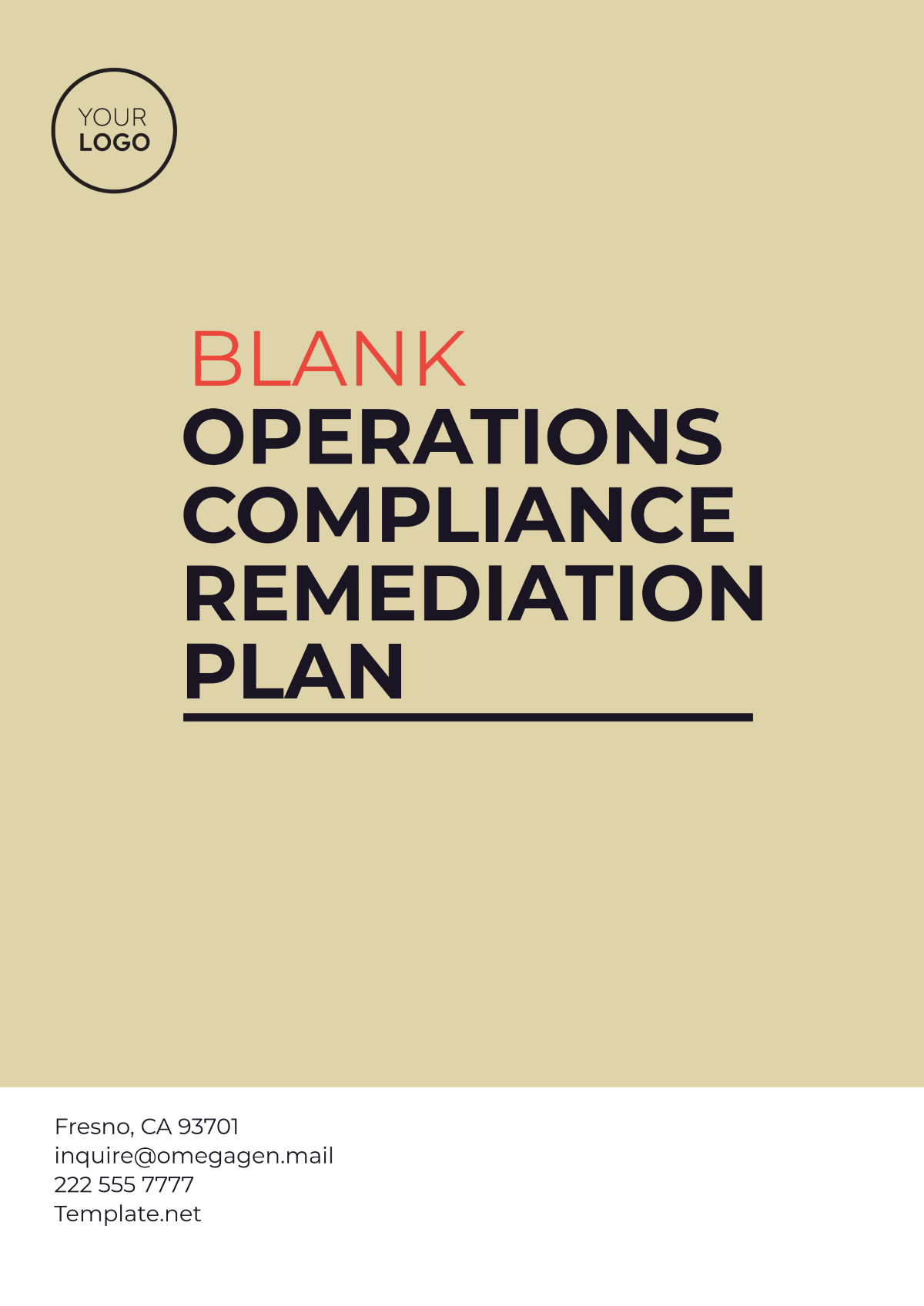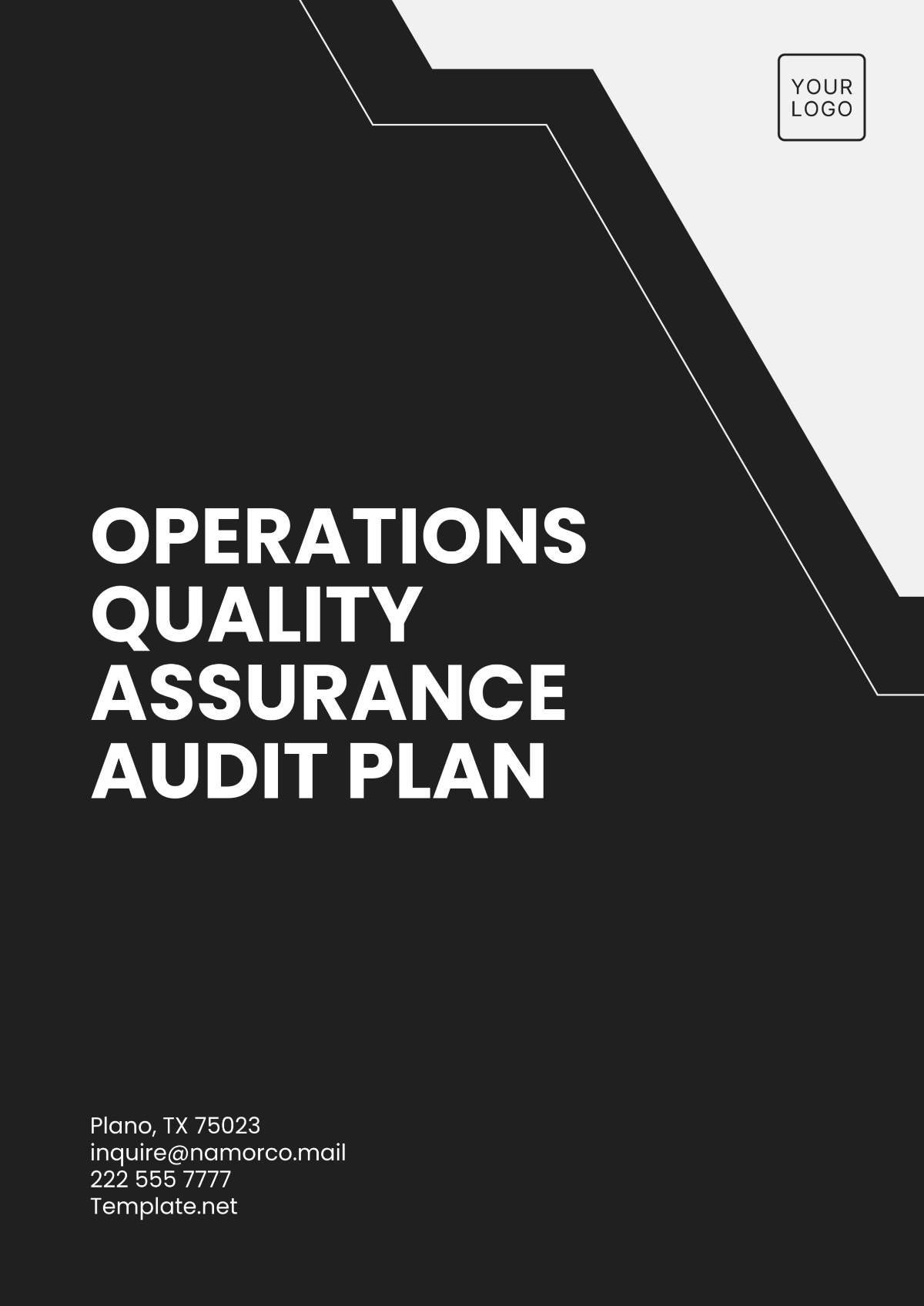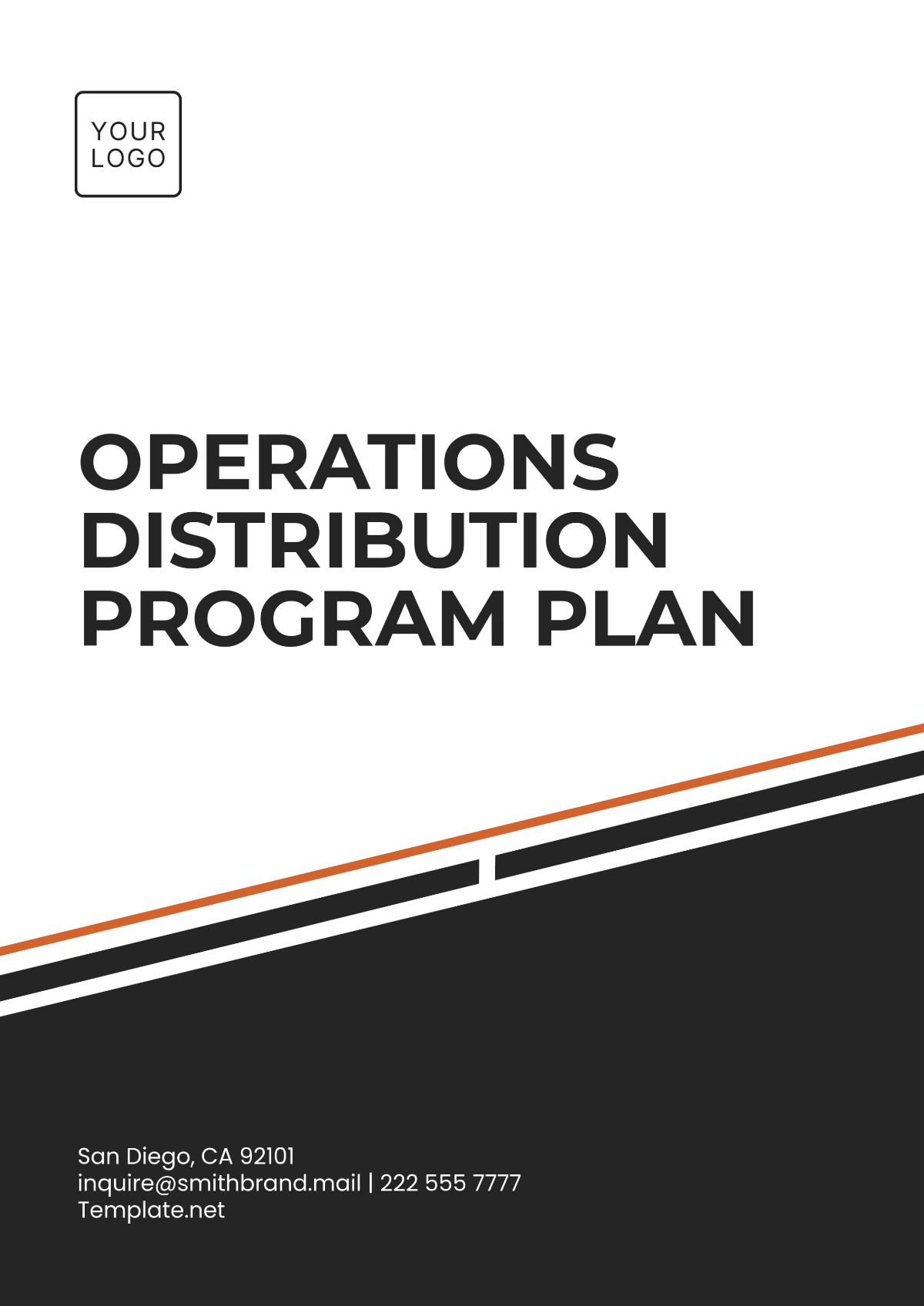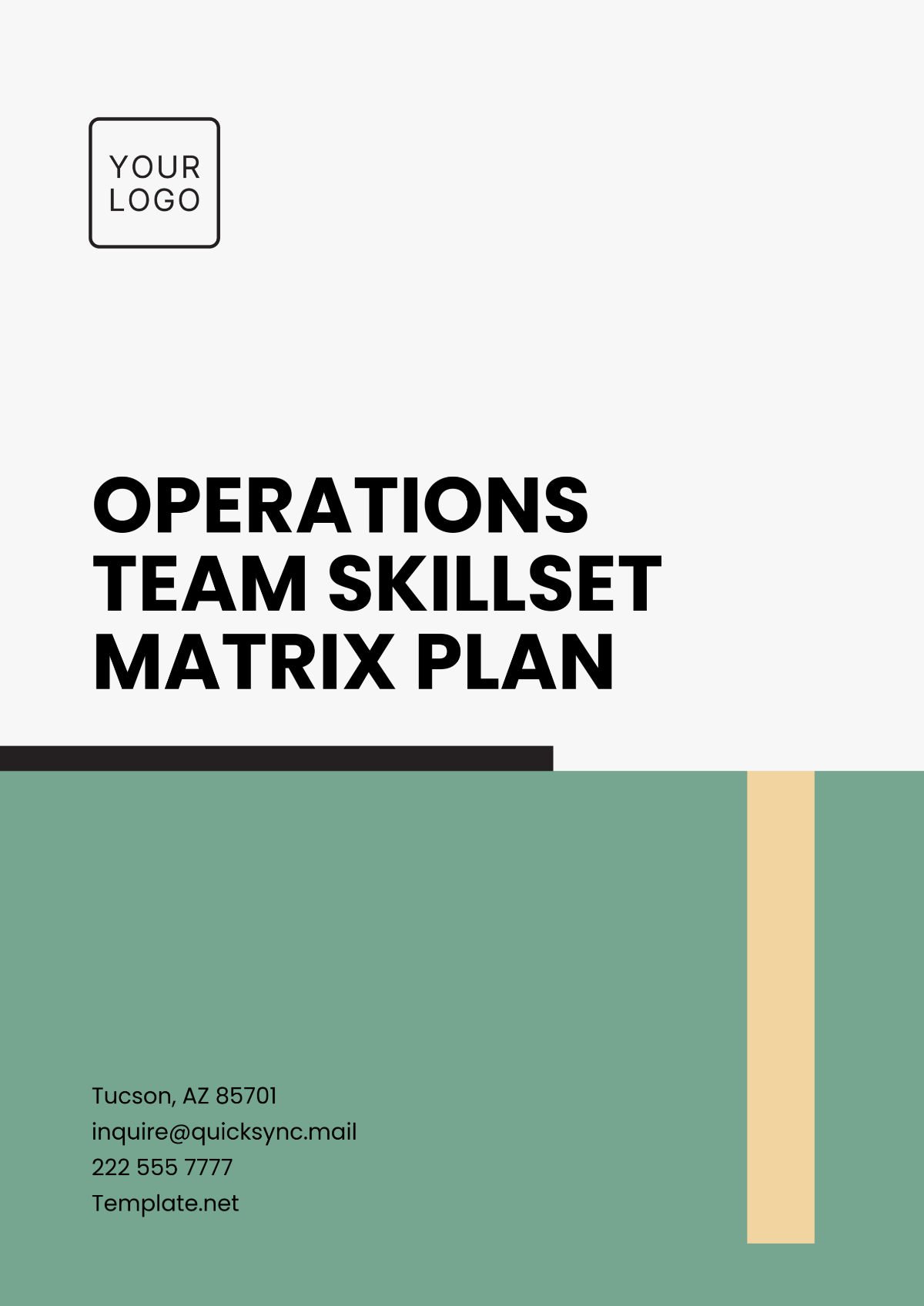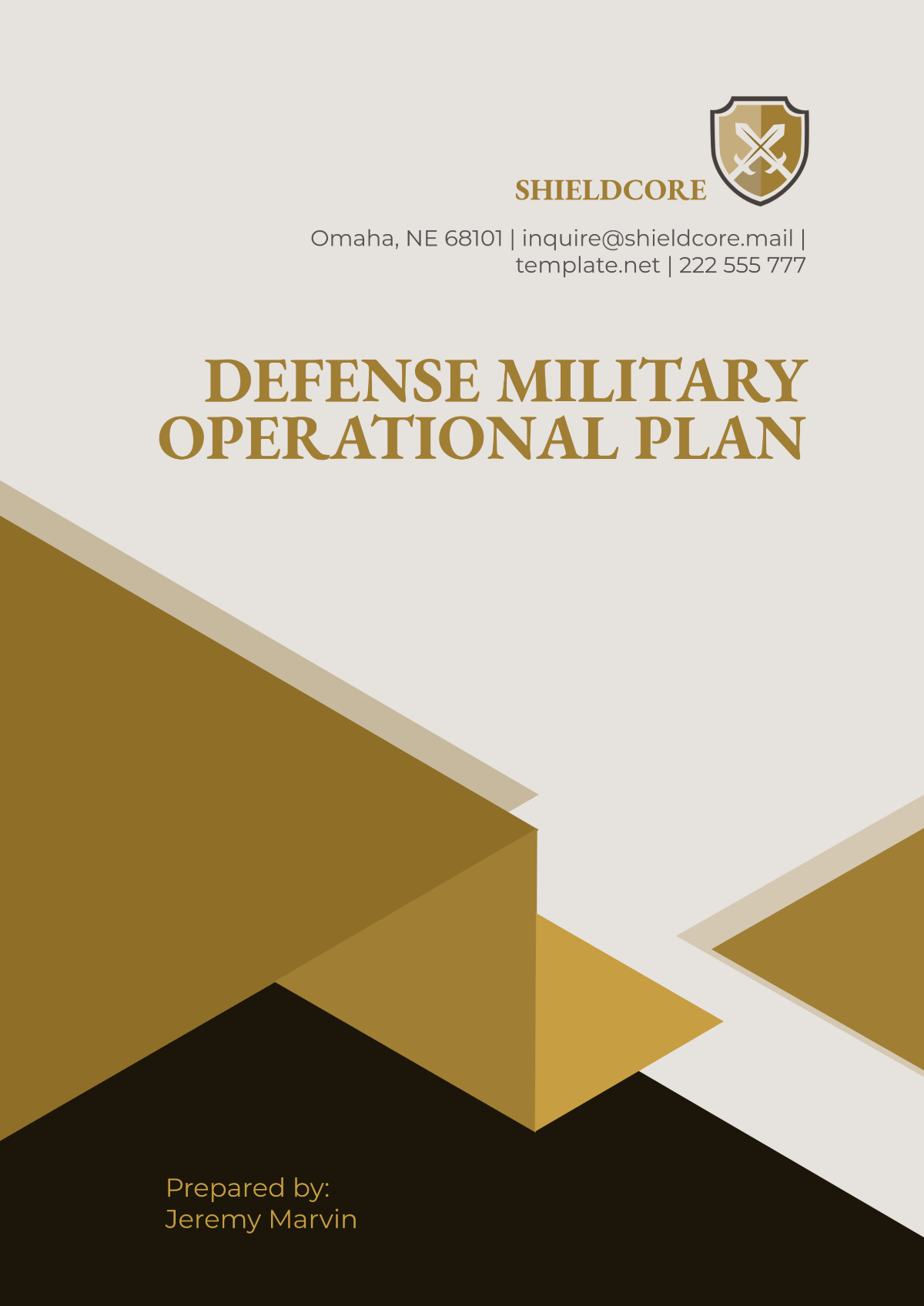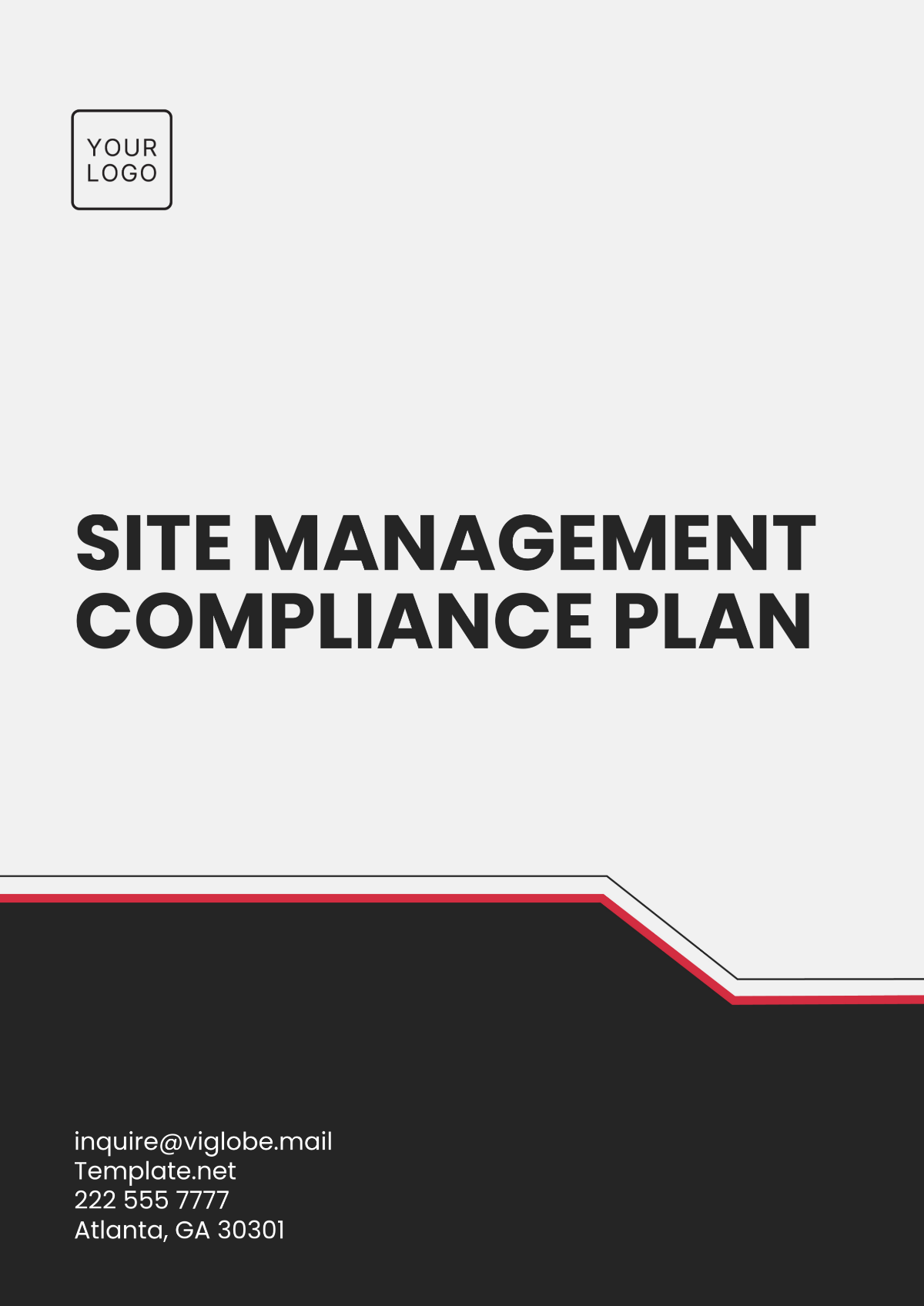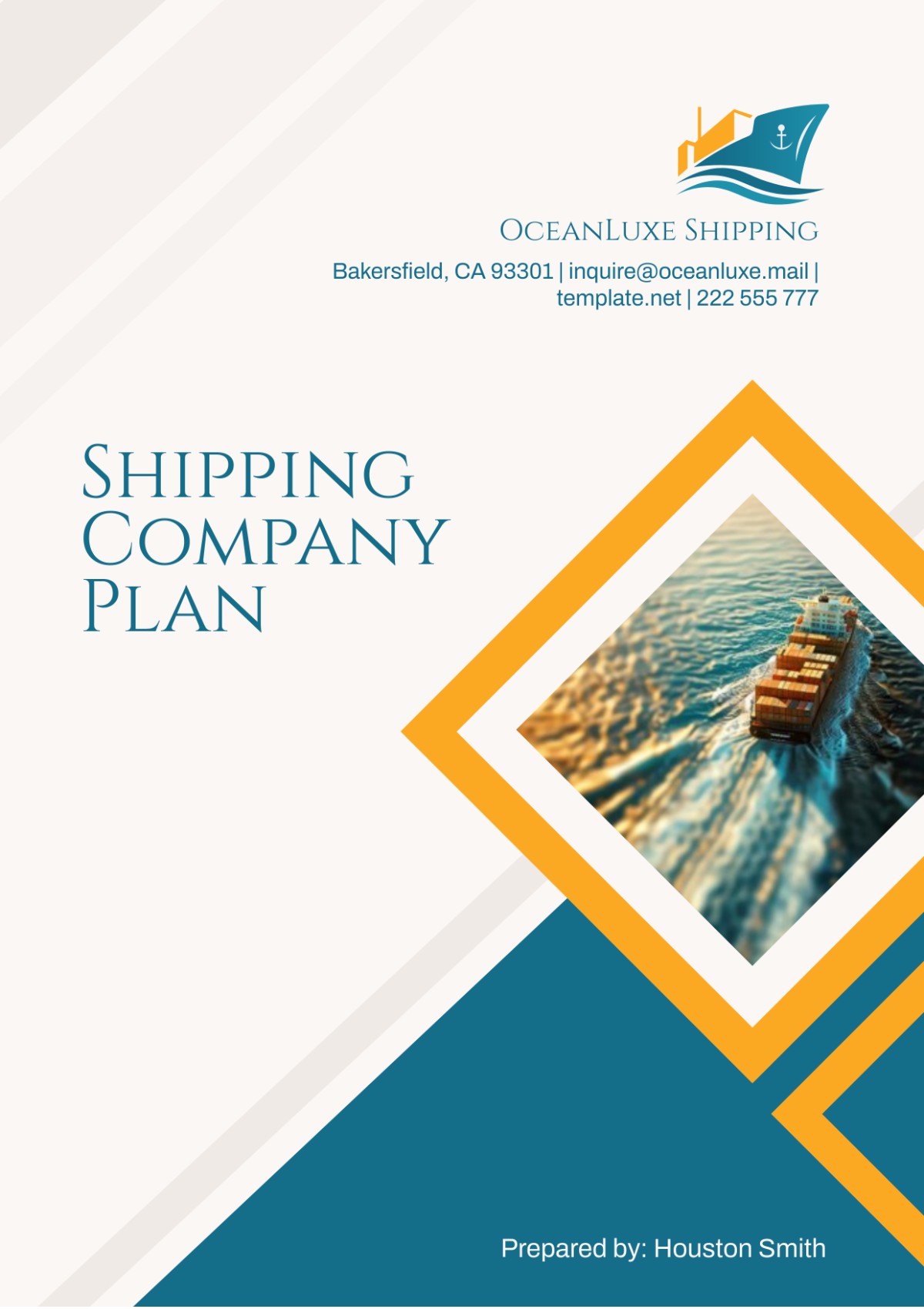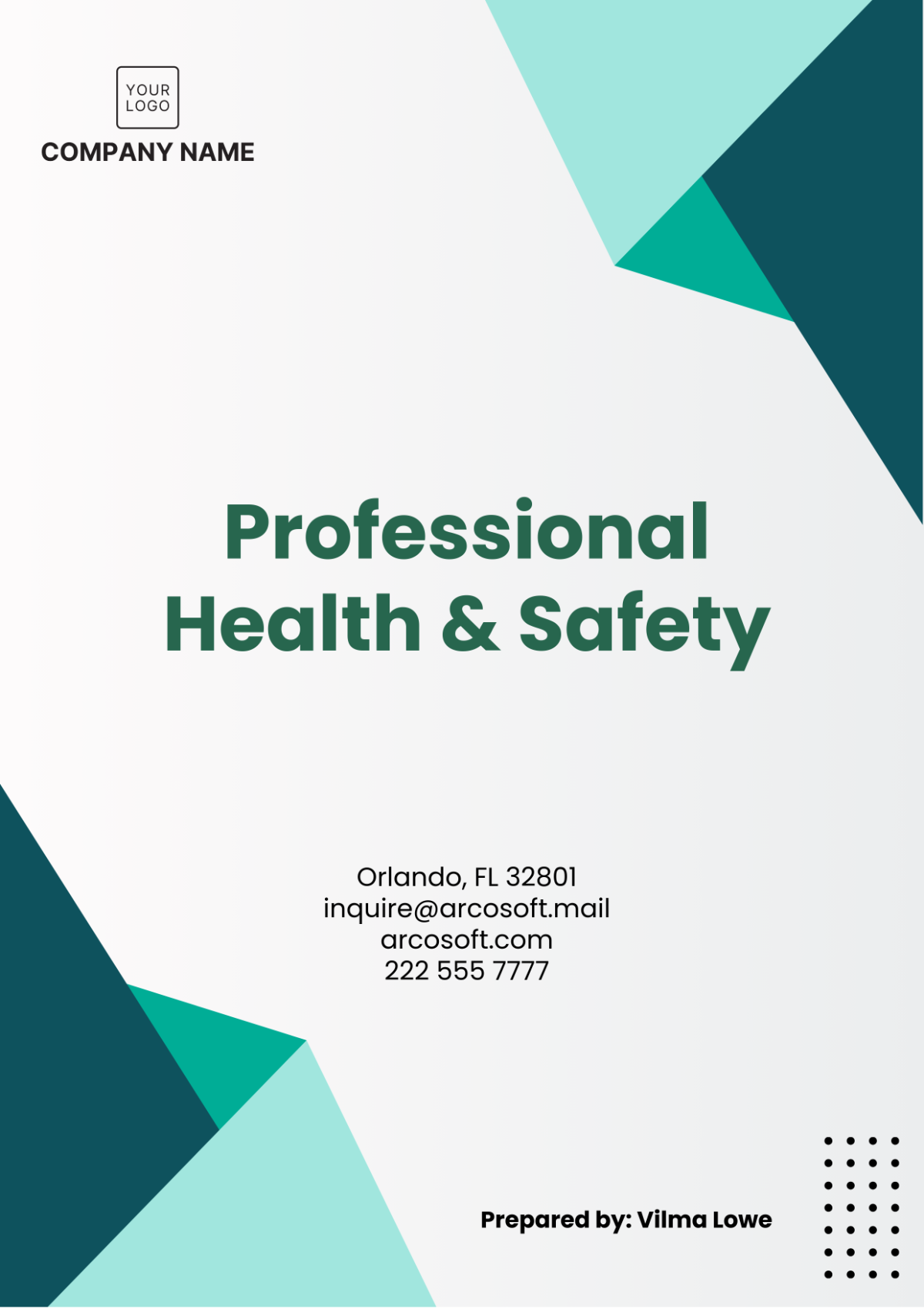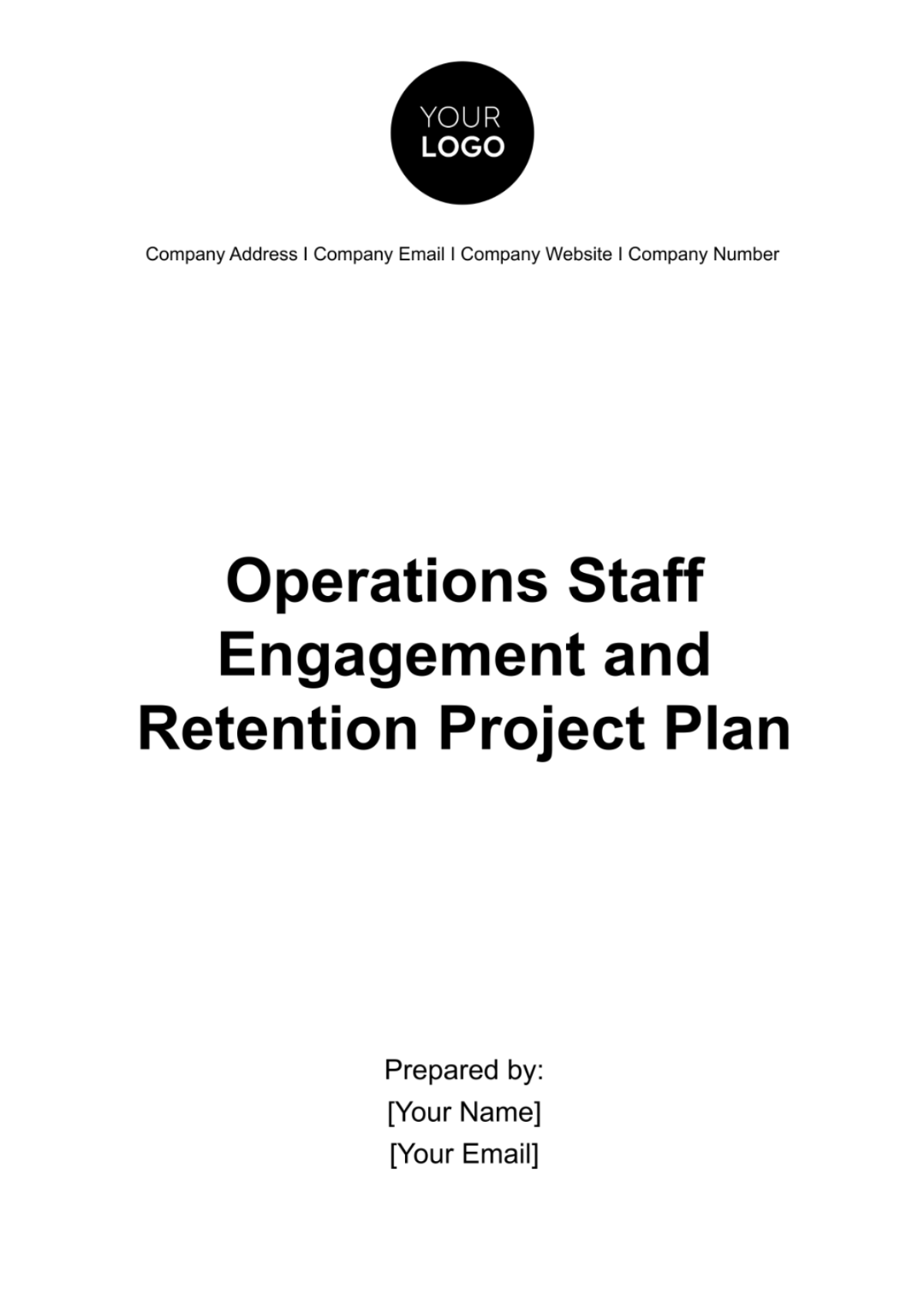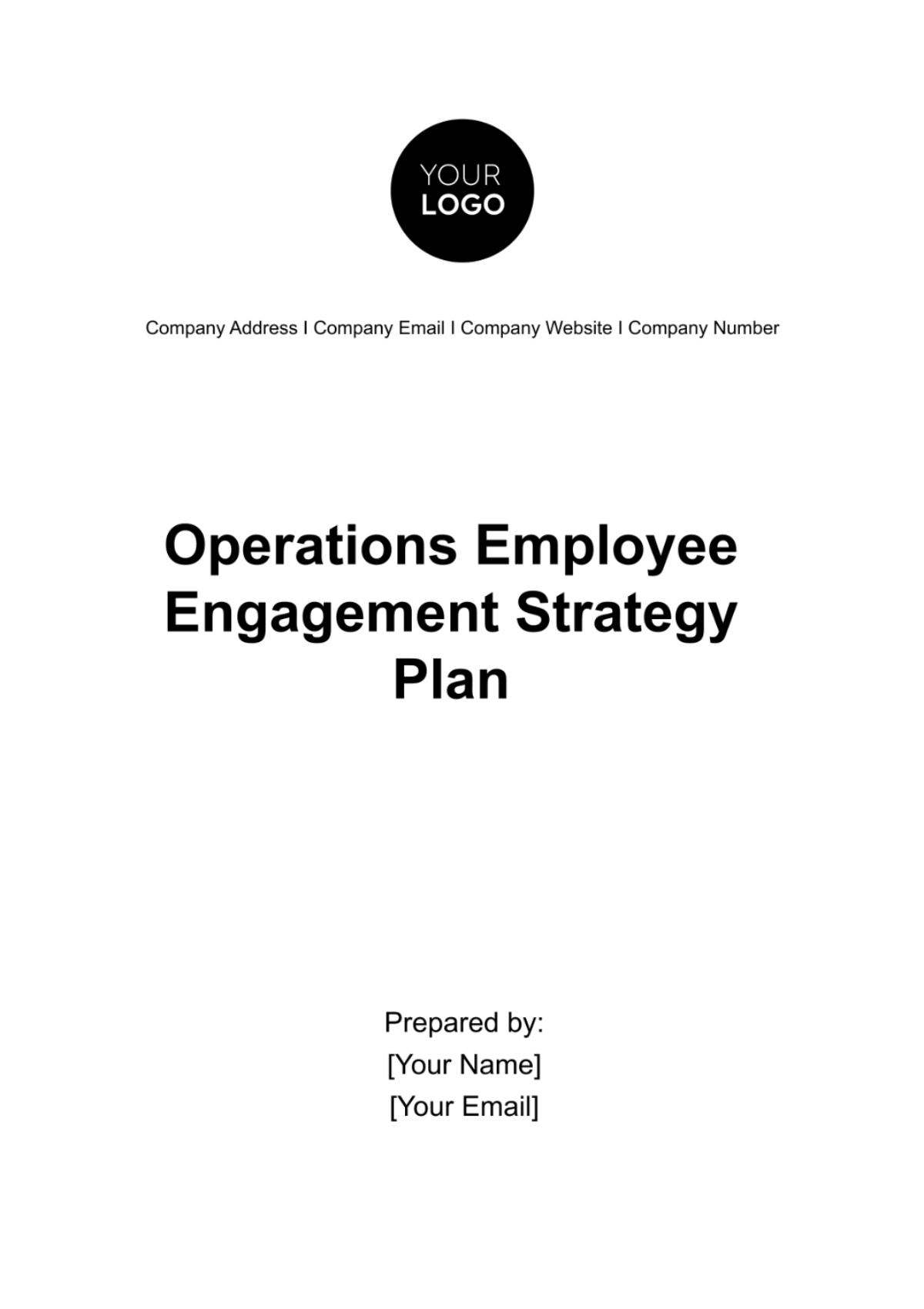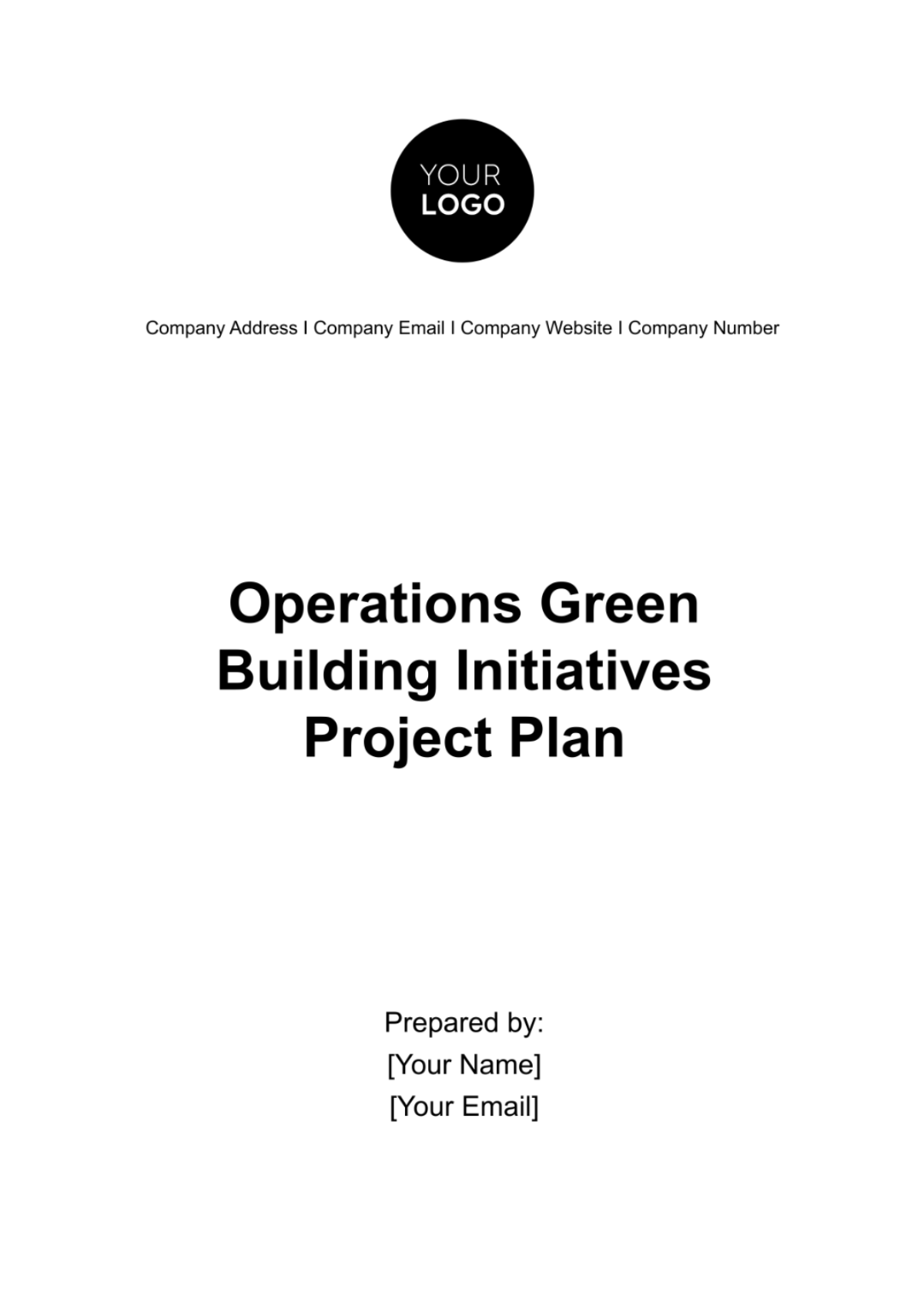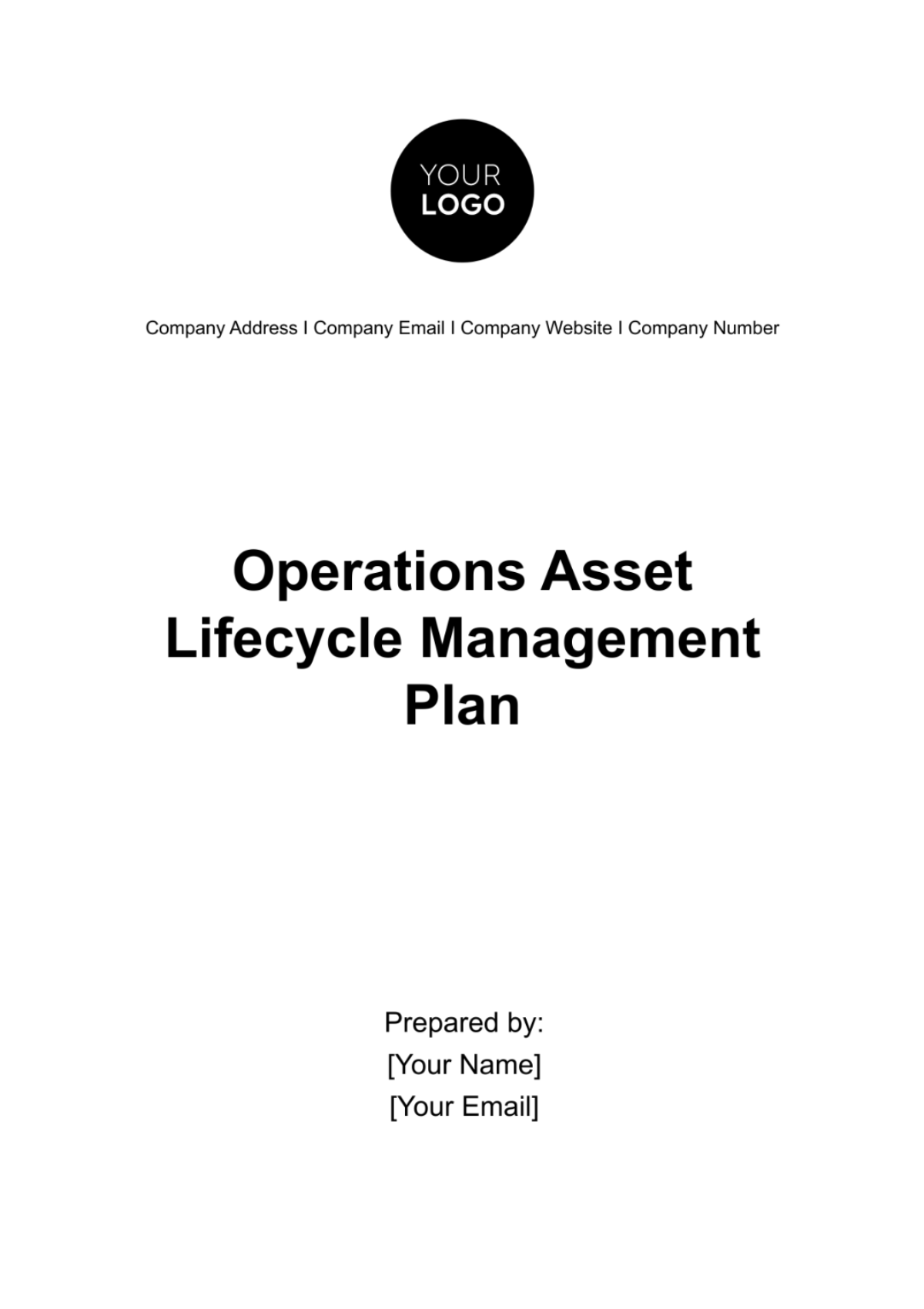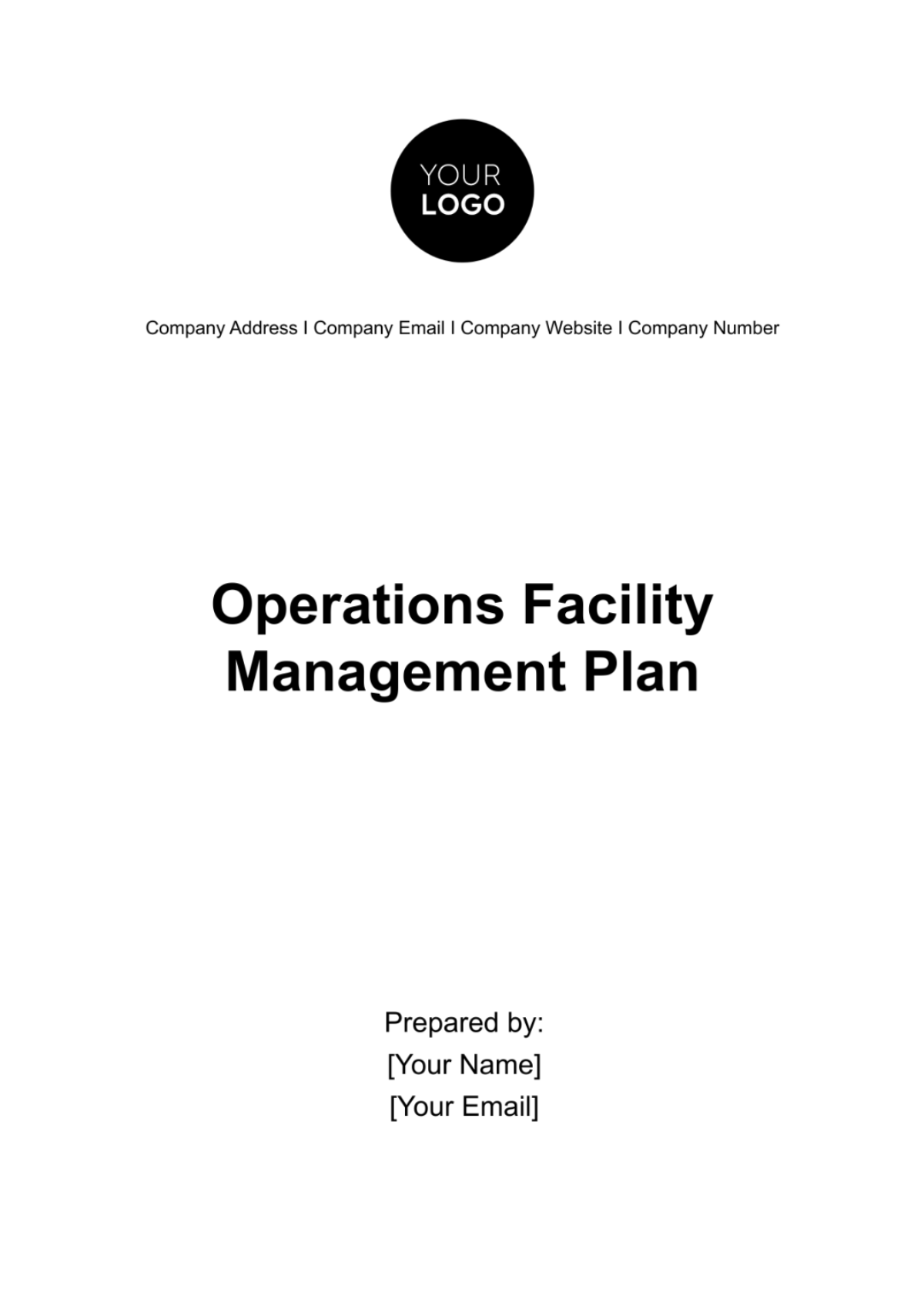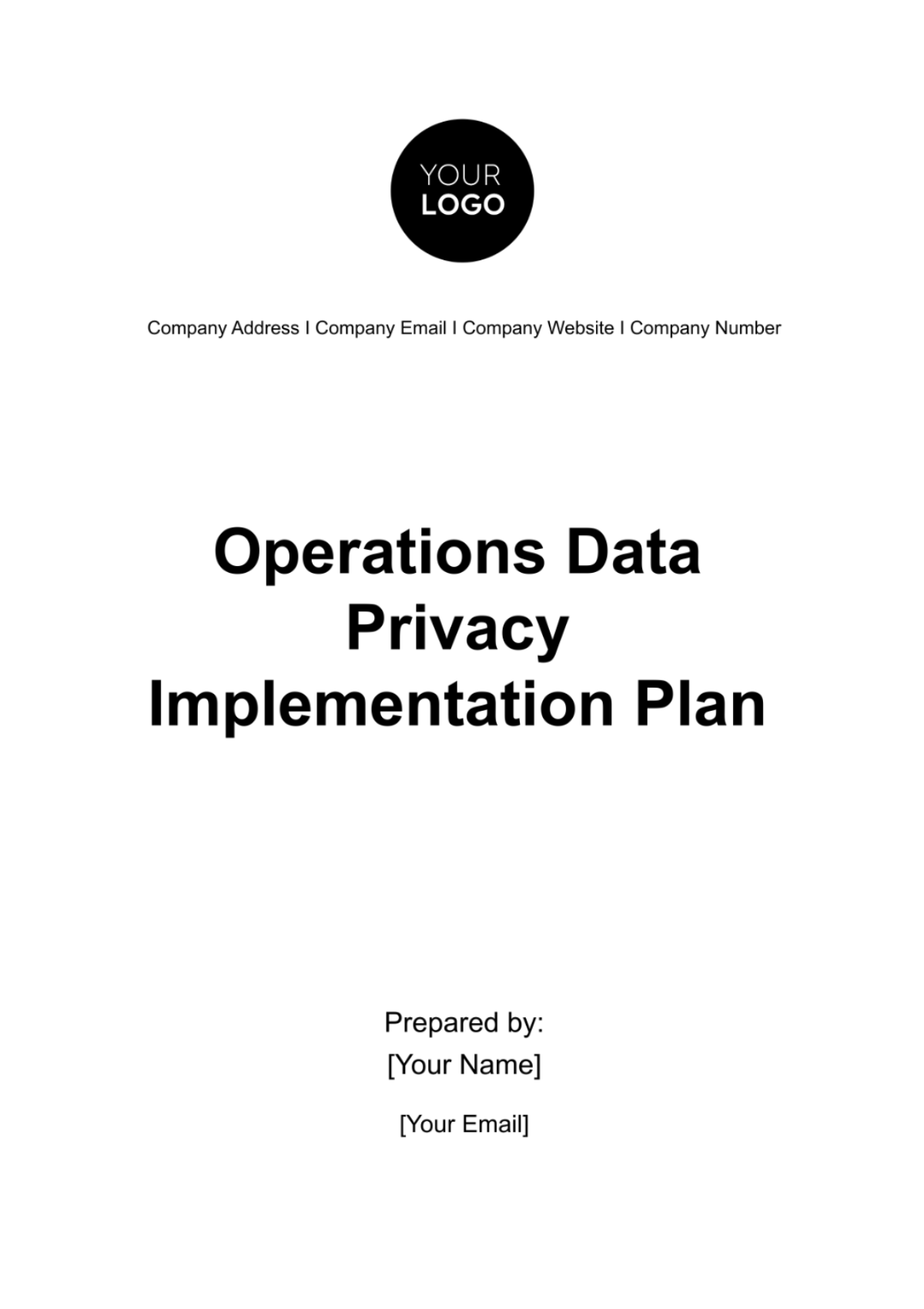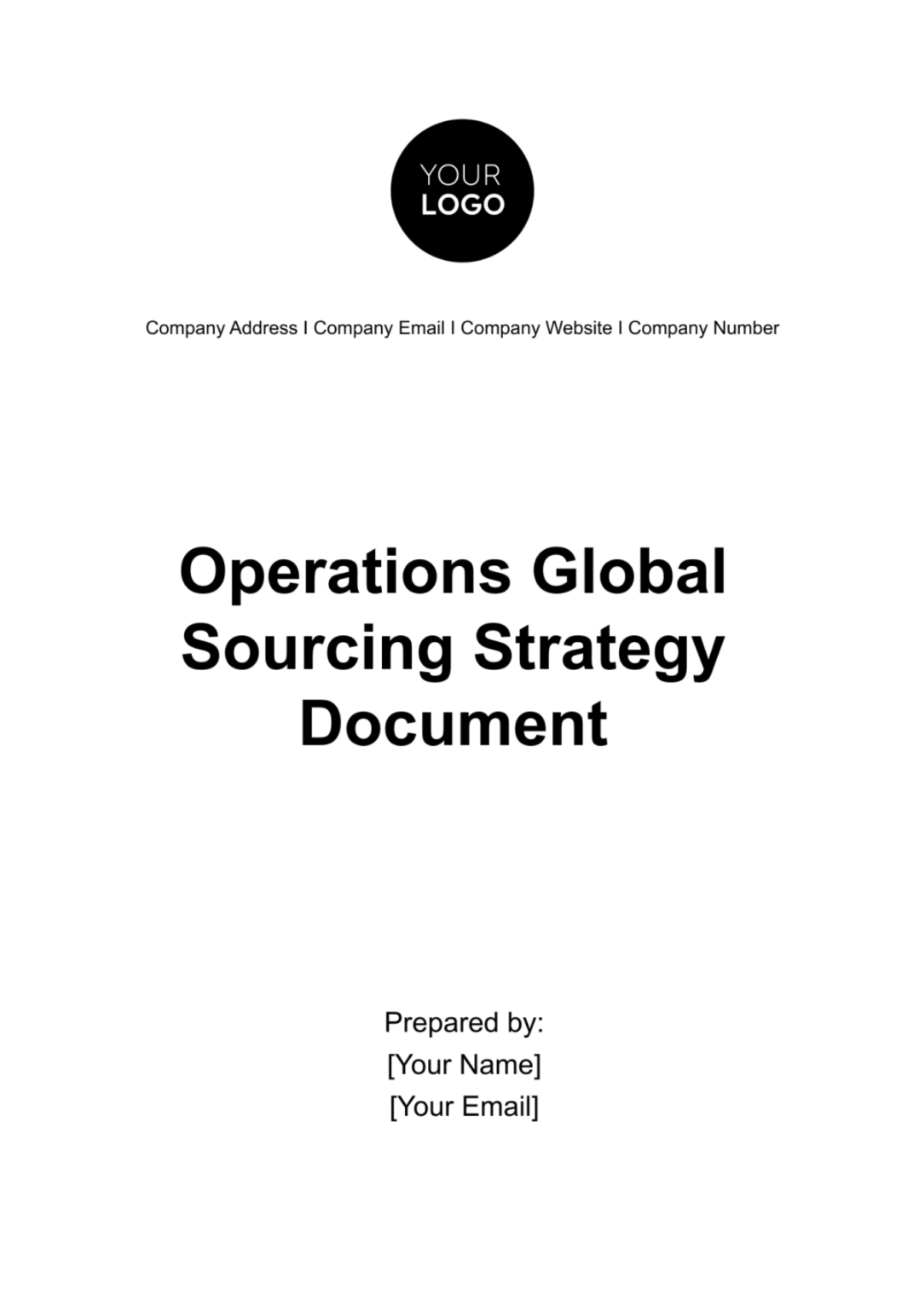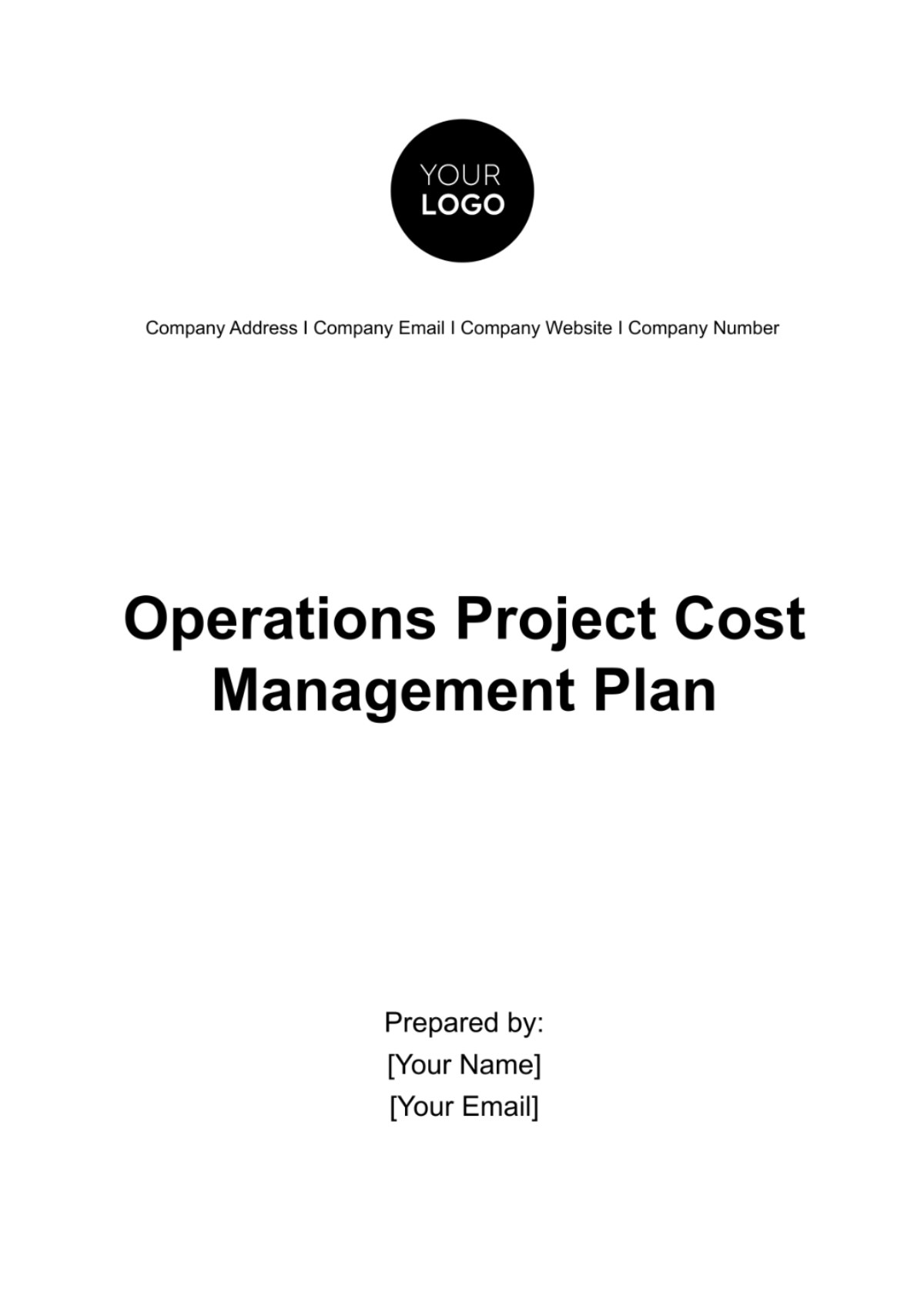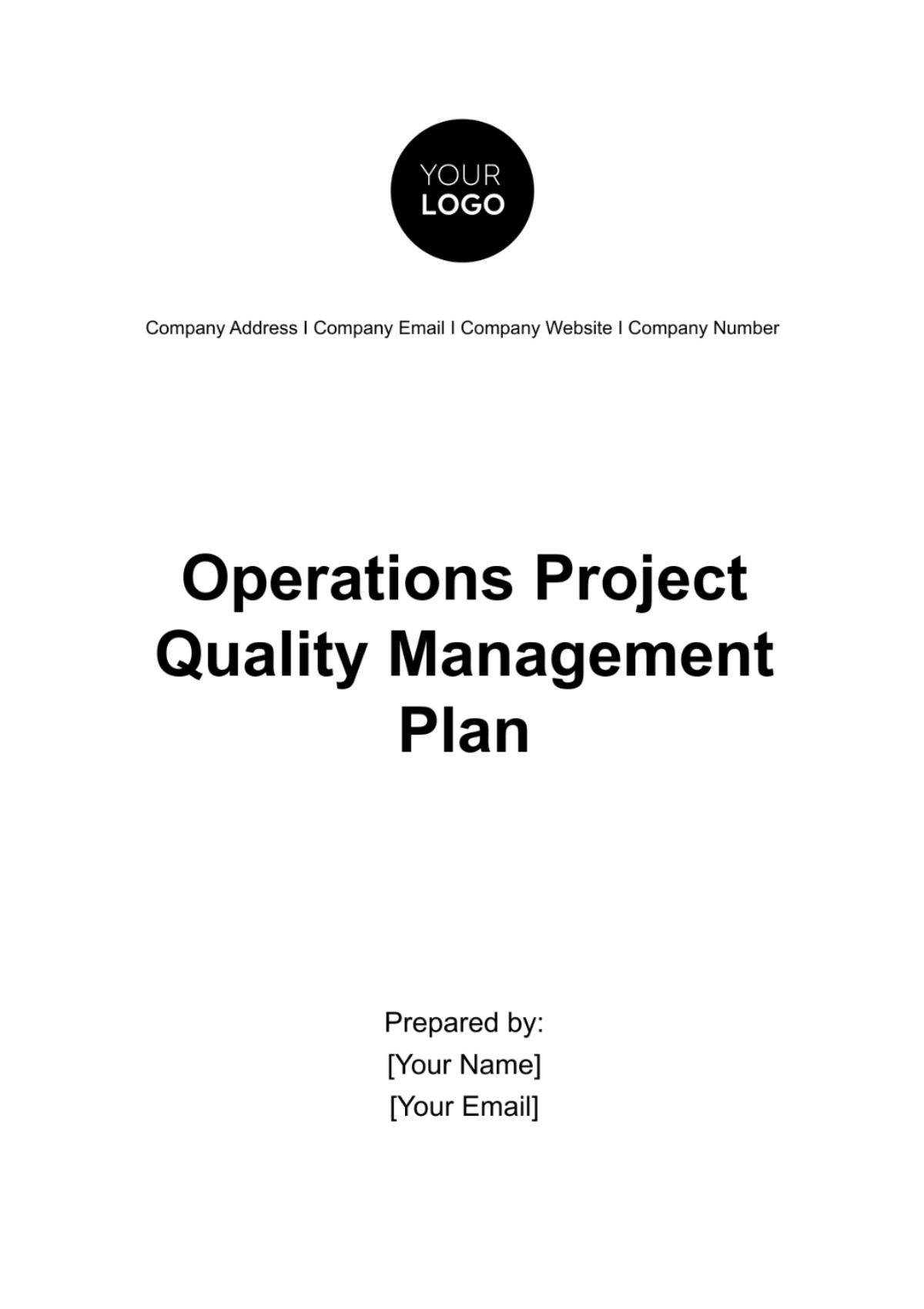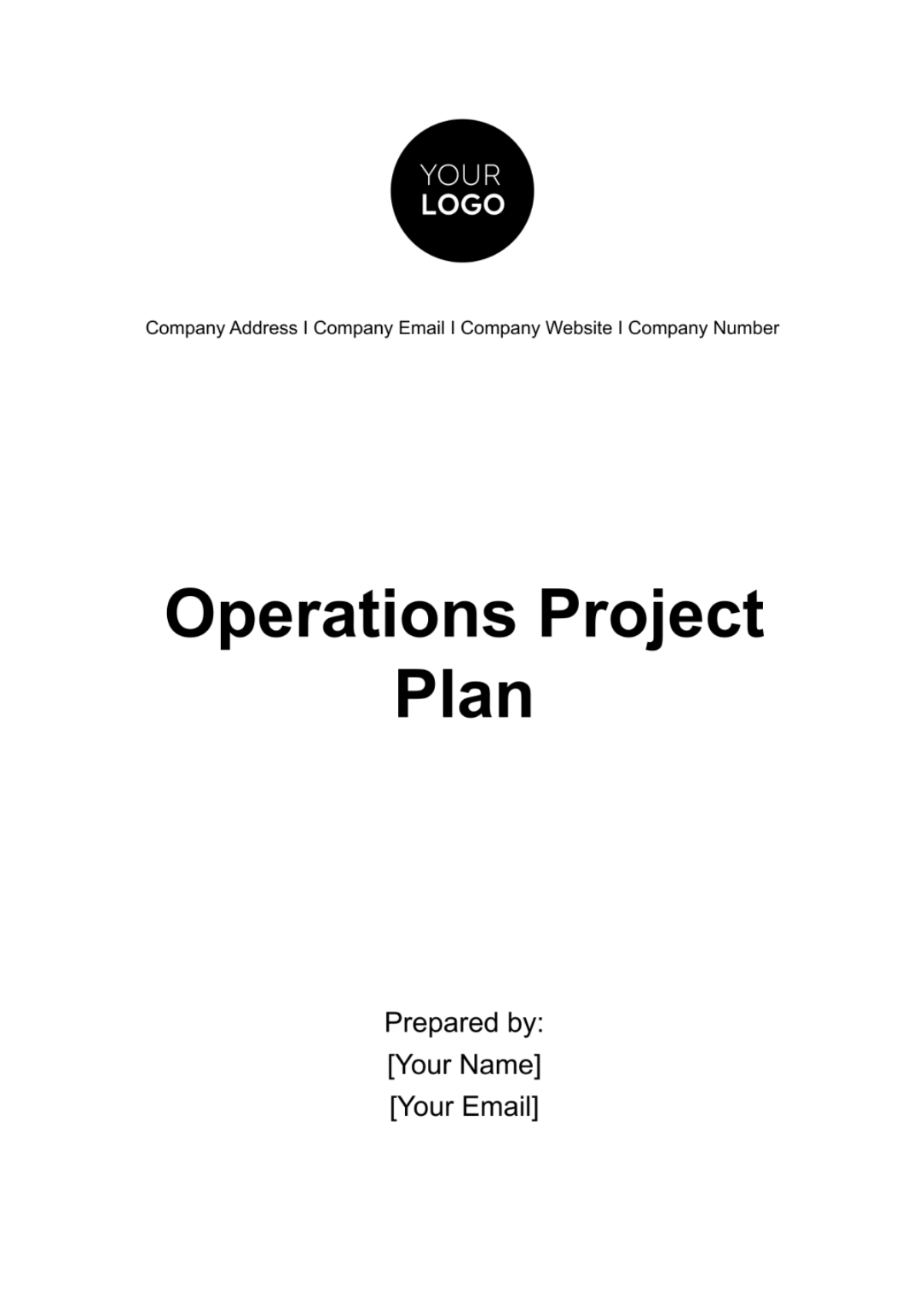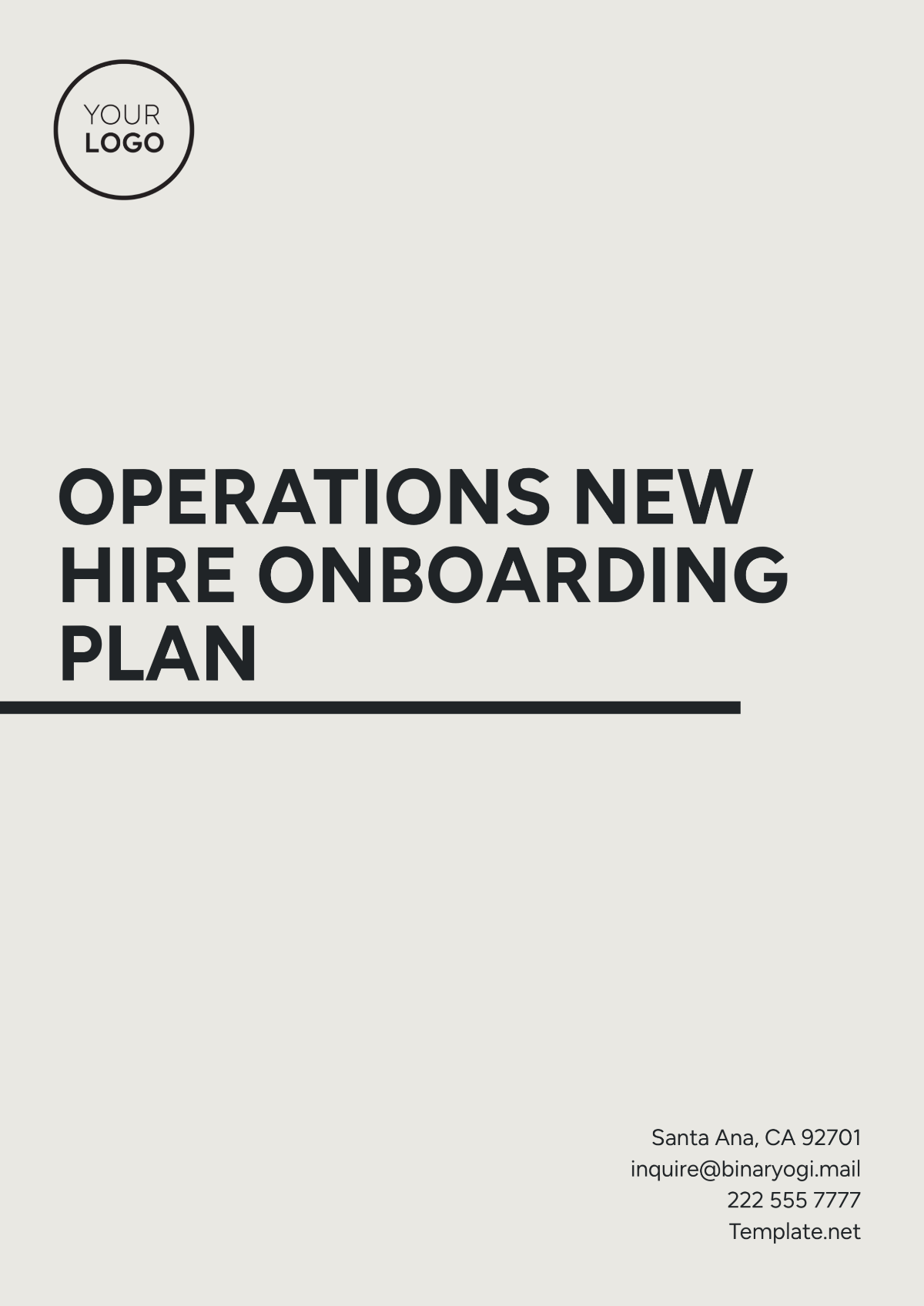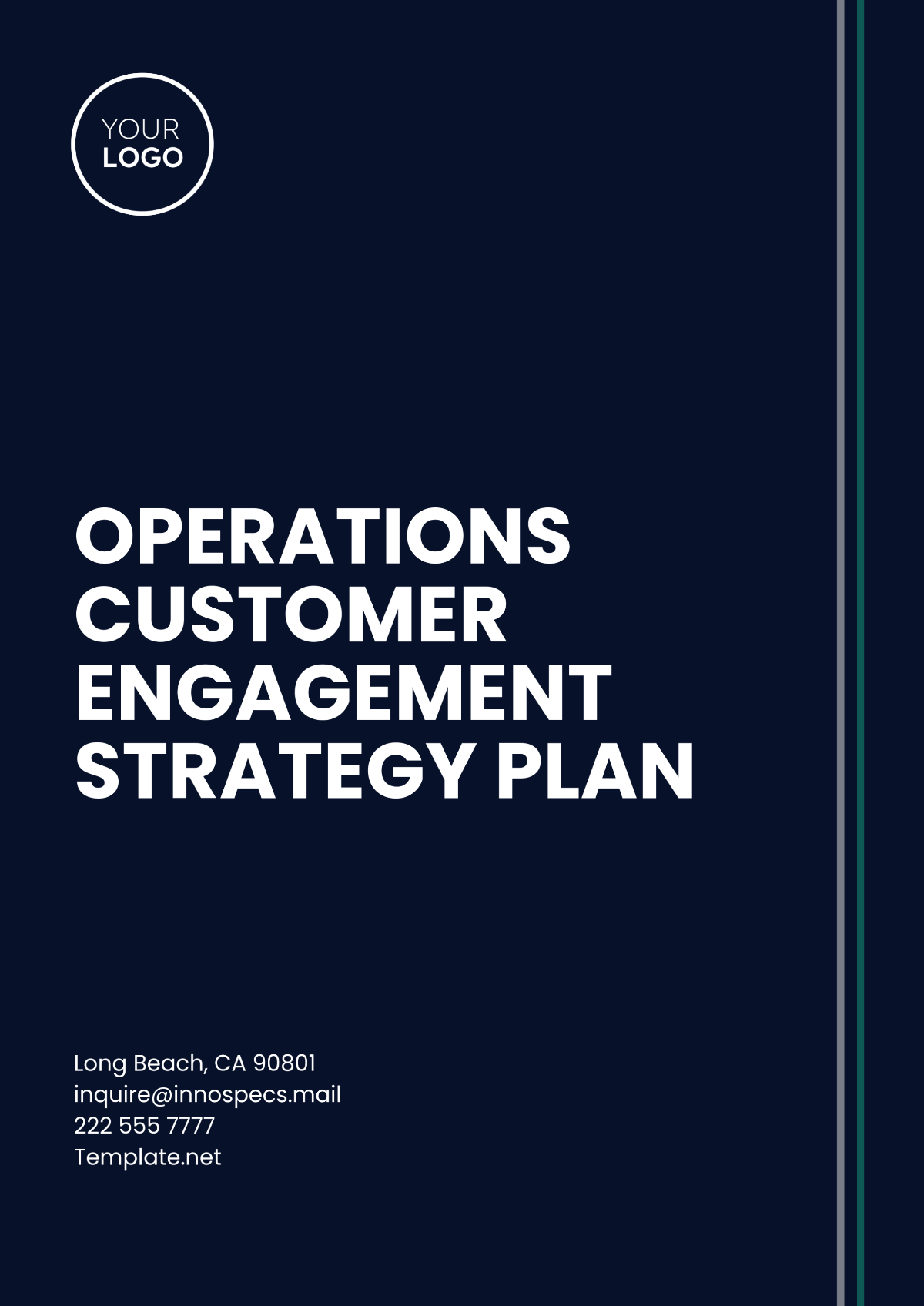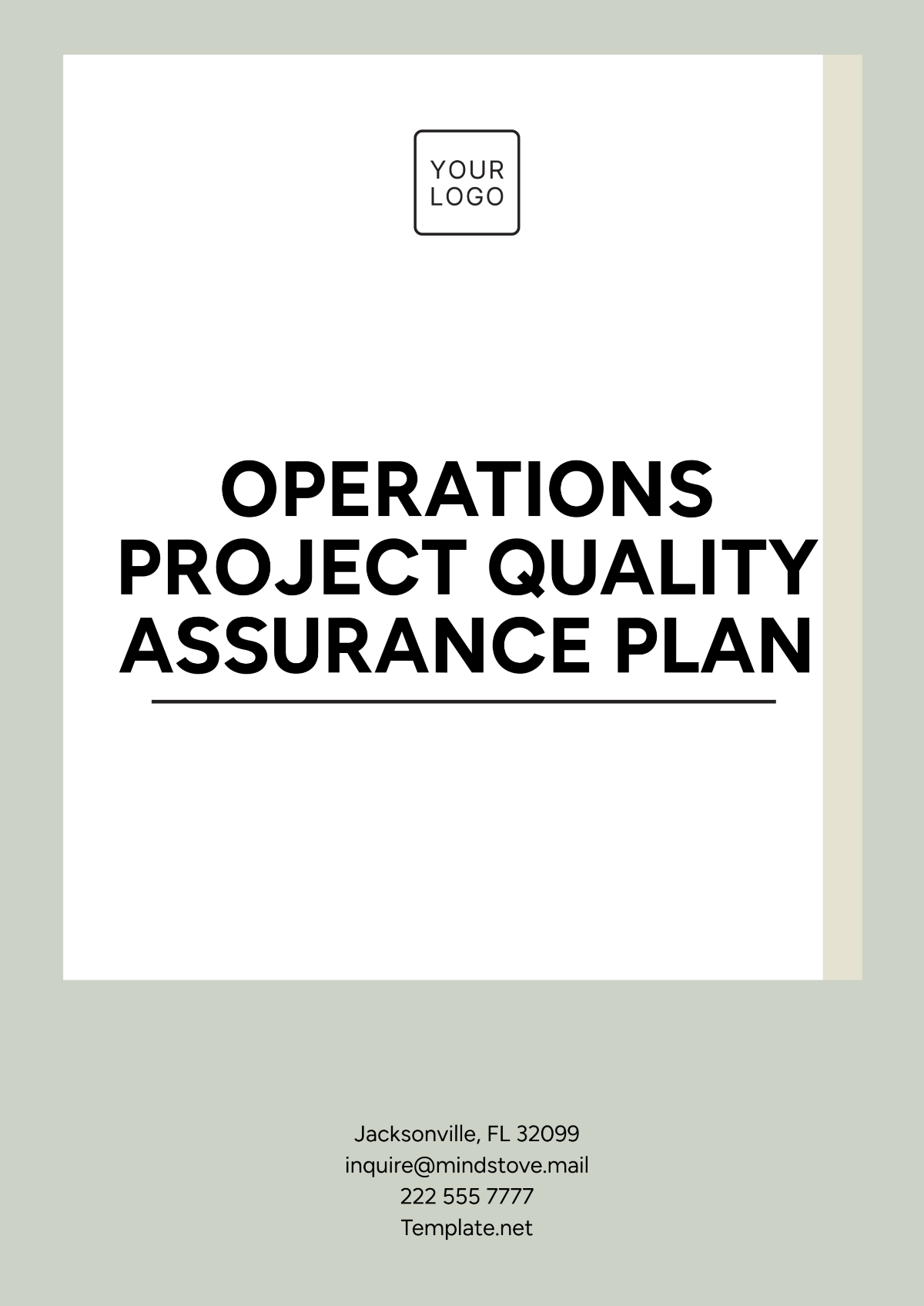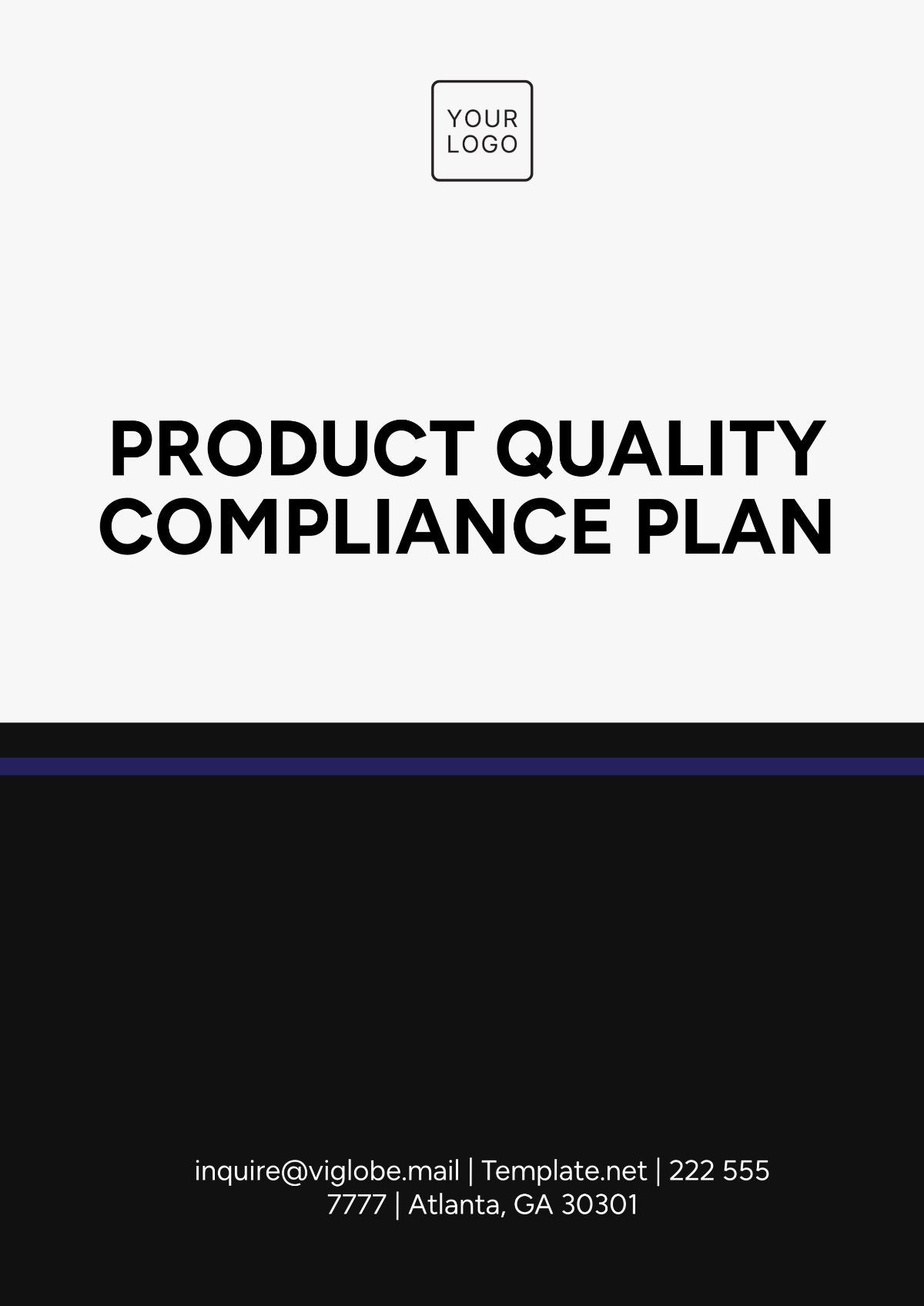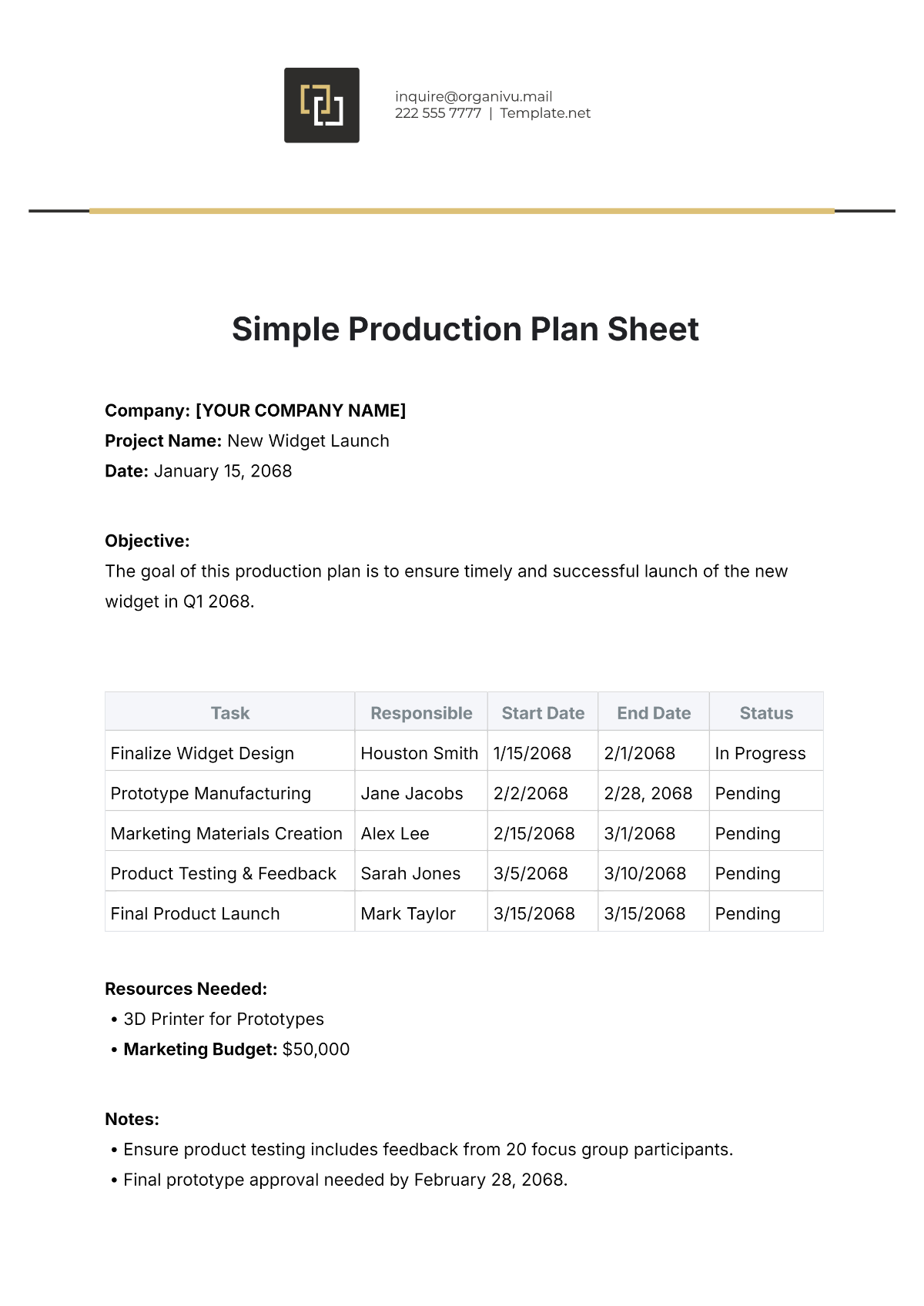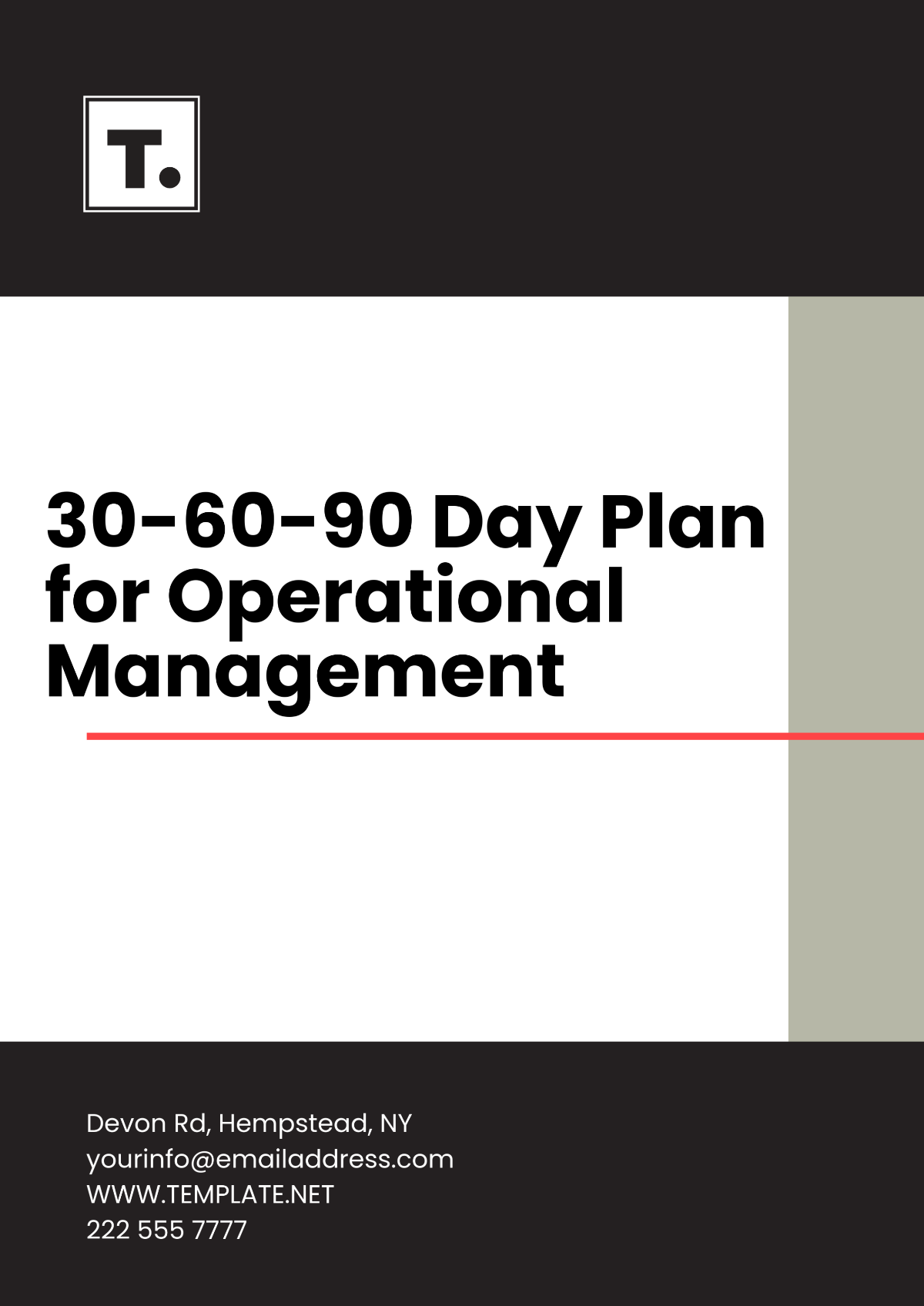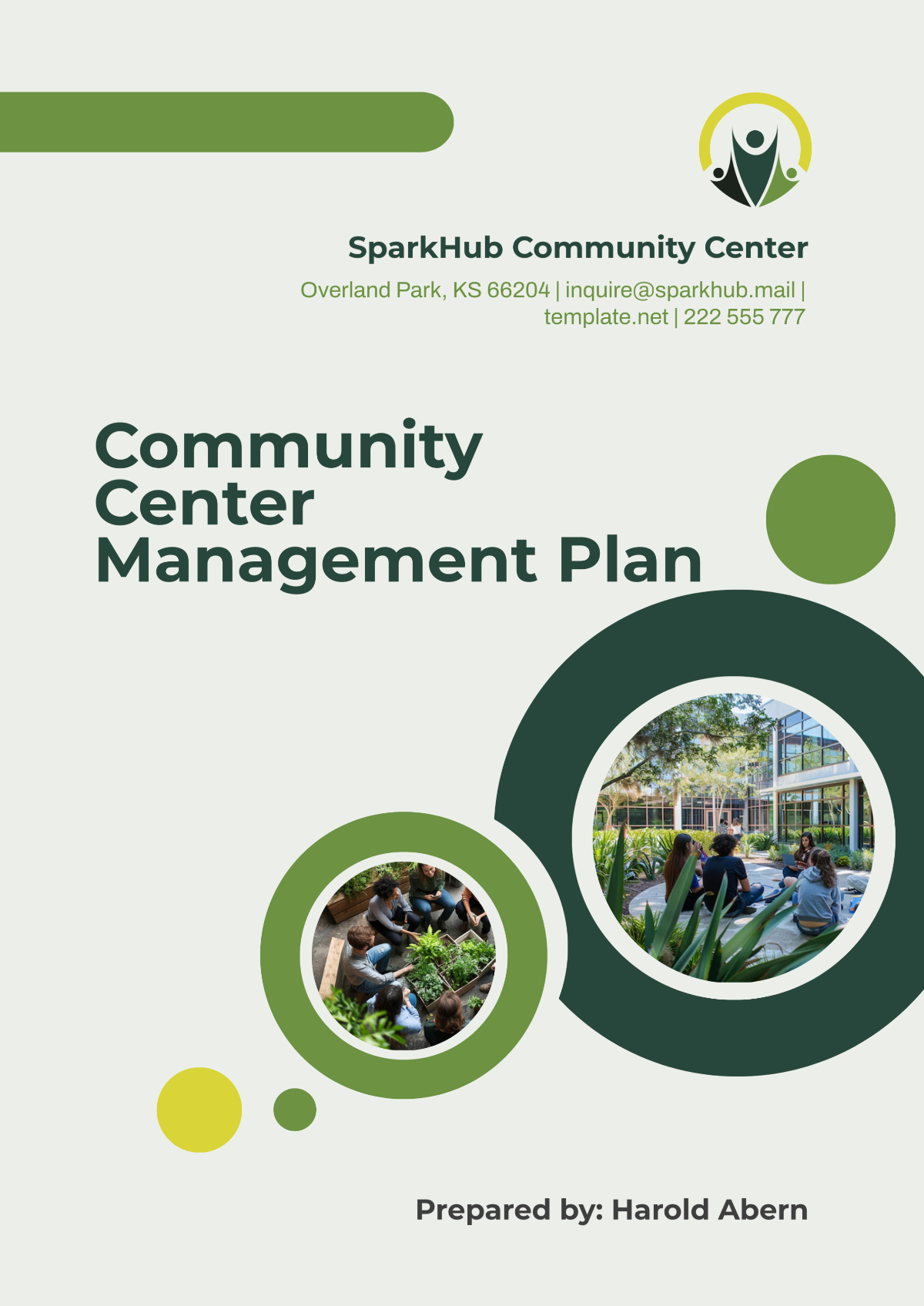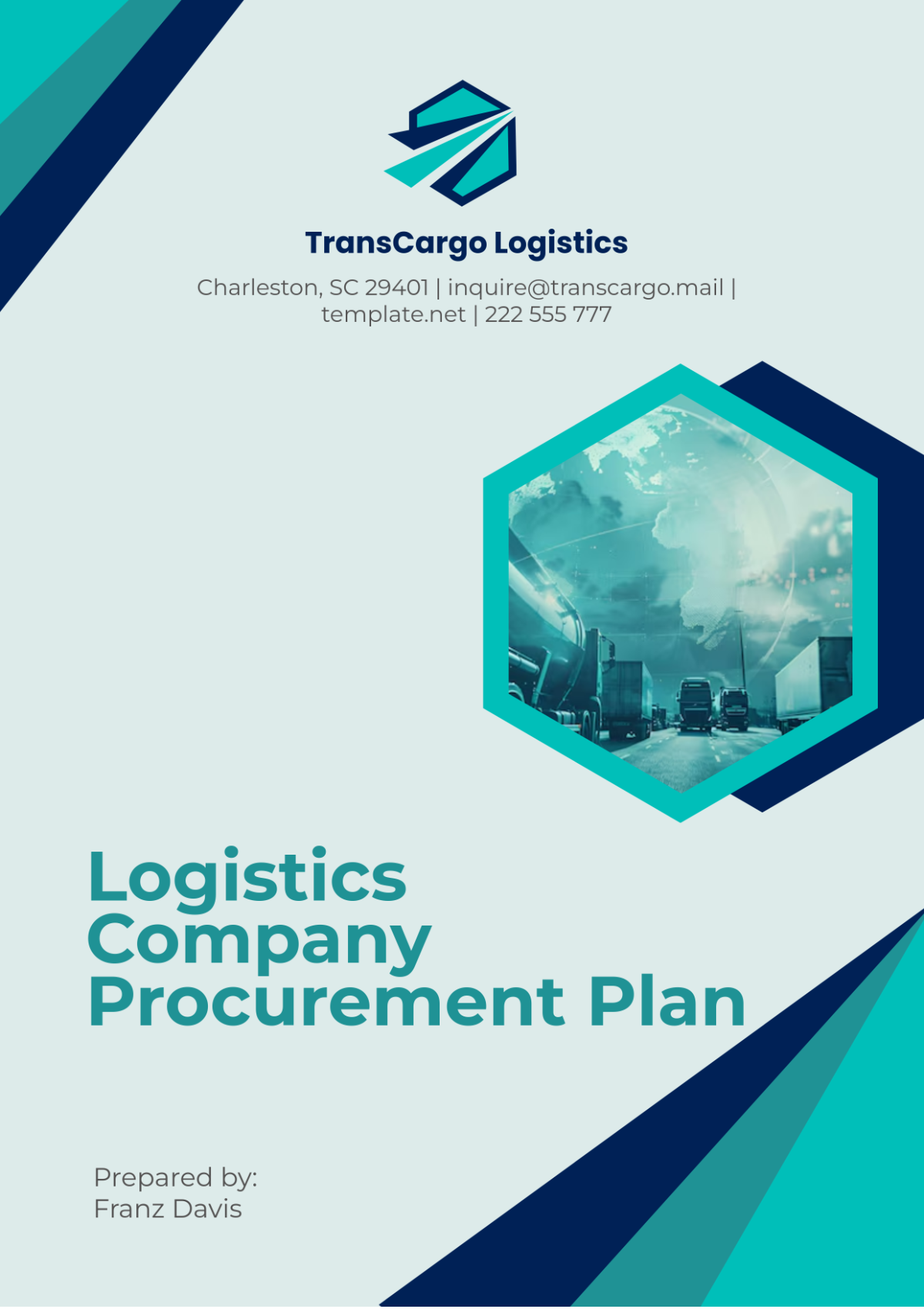Operations Project Stakeholder Management Plan
Prepared By: | [Your Name] |
Company: | [Your Company Name] |
Date: | [Date] |
Introduction
This Operations Project Stakeholder Management Plan outlines the strategy for identifying, analyzing, and managing the stakeholders involved in the operations project. It provides the approach for engaging and communicating with stakeholders to ensure that their expectations are met and that potential risks associated with stakeholder interests are minimized. This plan will be followed throughout the project lifecycle, ensuring that all stakeholders are actively engaged and informed.
Stakeholder Identification
The first step in managing stakeholders is to identify all individuals, groups, and organizations who may impact or be impacted by the project. These stakeholders include, but are not limited to:
Internal Stakeholders
Project team members
Senior management
Operations team
HR, finance, and other departments affected by the project
External Stakeholders
Clients or customers
Vendors and suppliers
Regulatory bodies
Community organizations
Government or industry regulators
Stakeholder Analysis
Each stakeholder will be analyzed based on their influence, interest, and potential impact on the project. The stakeholder analysis will help determine the level of engagement required and the type of communication approach to use.
Stakeholder | Influence Level | Interest Level | Communication Frequency | Communication Mode |
|---|---|---|---|---|
Senior Management | High | High | Weekly | Email, Meetings |
Project Team | High | High | Daily | Slack, Meetings |
Clients | Medium | High | Bi-weekly | Email, Reports |
Suppliers | Medium | Medium | Monthly | Email, Calls |
Regulators | Low | Medium | As required | Email, Reports |
Community Groups | Low | Low | Monthly | Newsletters, Public Meetings |
Stakeholder Engagement Strategies
For each stakeholder group, tailored engagement strategies will be developed based on their needs, concerns, and level of involvement in the project. The strategies are designed to ensure the smooth flow of information and foster collaboration.
Senior Management
Engagement Goal: Keep informed and involved in key decision-making.
Communication Method: Regular updates through email and formal meetings to report on project progress, risks, and budget status.
Frequency: Weekly project update meetings and email summaries.
Project Team
Engagement Goal: Foster a collaborative environment for successful project delivery.
Communication Method: Daily stand-up meetings and collaboration via Slack for real-time communication.
Frequency: Daily updates and regular project review sessions.
Clients
Engagement Goal: Ensure client expectations are met and feedback is integrated.
Communication Method: Bi-weekly status reports and meetings to discuss progress, challenges, and deliverables.
Frequency: Bi-weekly communication.
Suppliers
Engagement Goal: Maintain efficient supply chain coordination and resolve potential issues early.
Communication Method: Monthly coordination calls and email updates regarding project timelines and material requirements.
Frequency: Monthly.
Regulators
Engagement Goal: Ensure compliance with regulations and standards.
Communication Method: As needed, with updates on key milestones, safety protocols, and compliance issues.
Frequency: Ad-hoc communication based on regulatory requirements.
Community Groups
Engagement Goal: Address any community concerns and promote transparency.
Communication Method: Monthly newsletters and public meetings to provide updates on the project’s impact and community benefits.
Frequency: Monthly.
Communication Plan
Effective communication is key to the success of the project. The following communication methods will be utilized to ensure stakeholders are kept up to date on project progress, risks, and outcomes.
Internal Communication
Meetings: Weekly or bi-weekly meetings with the project team and senior management to review milestones, risks, and financials.
Collaboration Tools: Use tools like Slack, Microsoft Teams, or project management software to ensure smooth communication among the team members.
External Communication
Email Updates: Regular emails for suppliers and clients to update them on milestones and timelines.
Reports: Detailed monthly or bi-weekly reports for clients and regulators, providing insight into progress, budget, and compliance.
Public Outreach: Community outreach via newsletters or public meetings to ensure transparency and address any concerns.
Stakeholder Management and Issue Resolution
To address stakeholder concerns or conflicts, a clear process will be followed:
Identification of Issue: Monitor stakeholder feedback and issues through regular surveys, emails, and direct communication.
Assessment and Prioritization: Evaluate the issue’s potential impact on the project’s success and prioritize according to urgency.
Resolution Strategy: Develop a resolution strategy involving key stakeholders as necessary and ensure that solutions align with project goals.
Follow-Up: Provide stakeholders with updates on the resolution and ensure they are satisfied with the outcome.
Risk Management
Stakeholder interests can significantly affect project outcomes, and thus, potential risks need to be proactively managed:
Risk | Impact | Likelihood | Mitigation Strategy |
|---|---|---|---|
Stakeholder disagreement on project scope | High | Medium | Regular stakeholder meetings, clear communication, and scope clarification |
Resistance to project change | Medium | High | Comprehensive change management and training sessions for impacted stakeholders |
Supplier delays | High | Medium | Regular check-ins with suppliers and contingency planning for delays |
Conclusion
The Operations Project Stakeholder Management Plan provides a comprehensive strategy for identifying, engaging, and managing stakeholders throughout the project. By ensuring that all stakeholders are informed and involved in decision-making, the project team can navigate potential challenges, maintain positive relationships, and enhance project success. Effective communication and issue resolution processes are essential to meeting stakeholder expectations and managing their interests throughout the project lifecycle.
